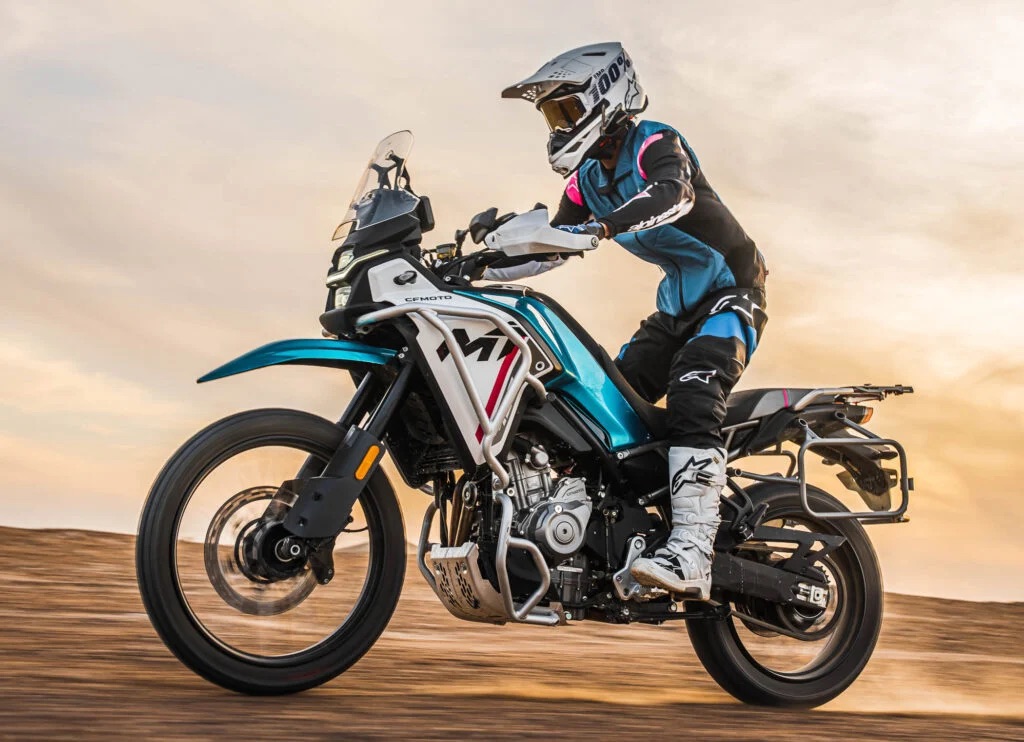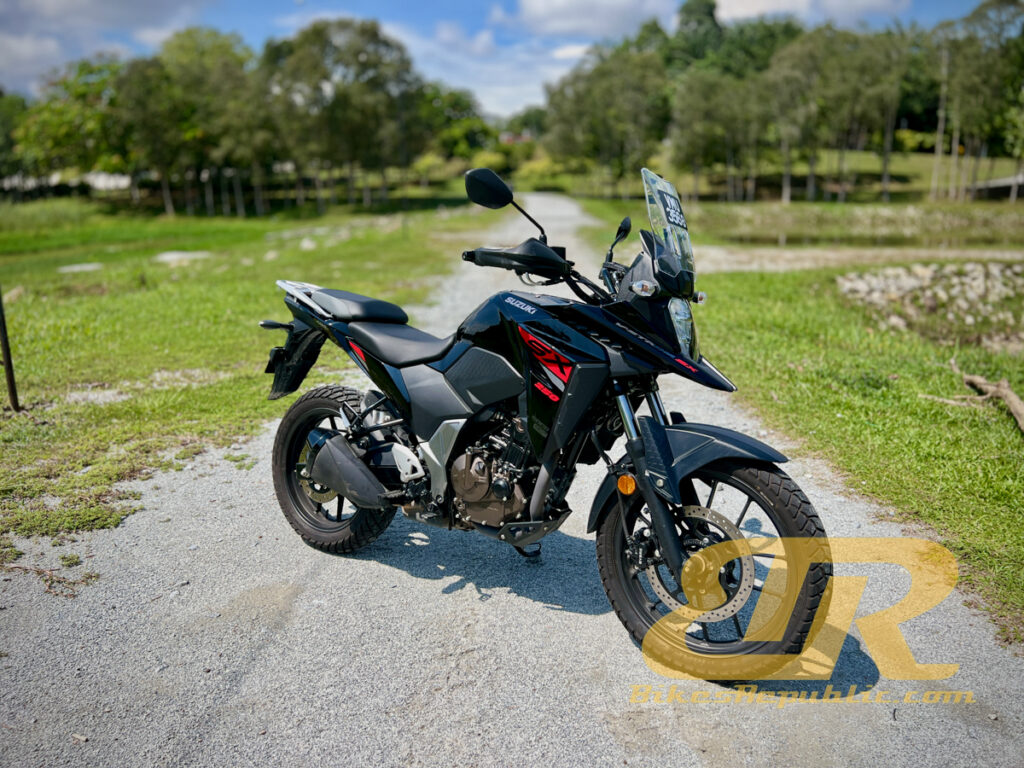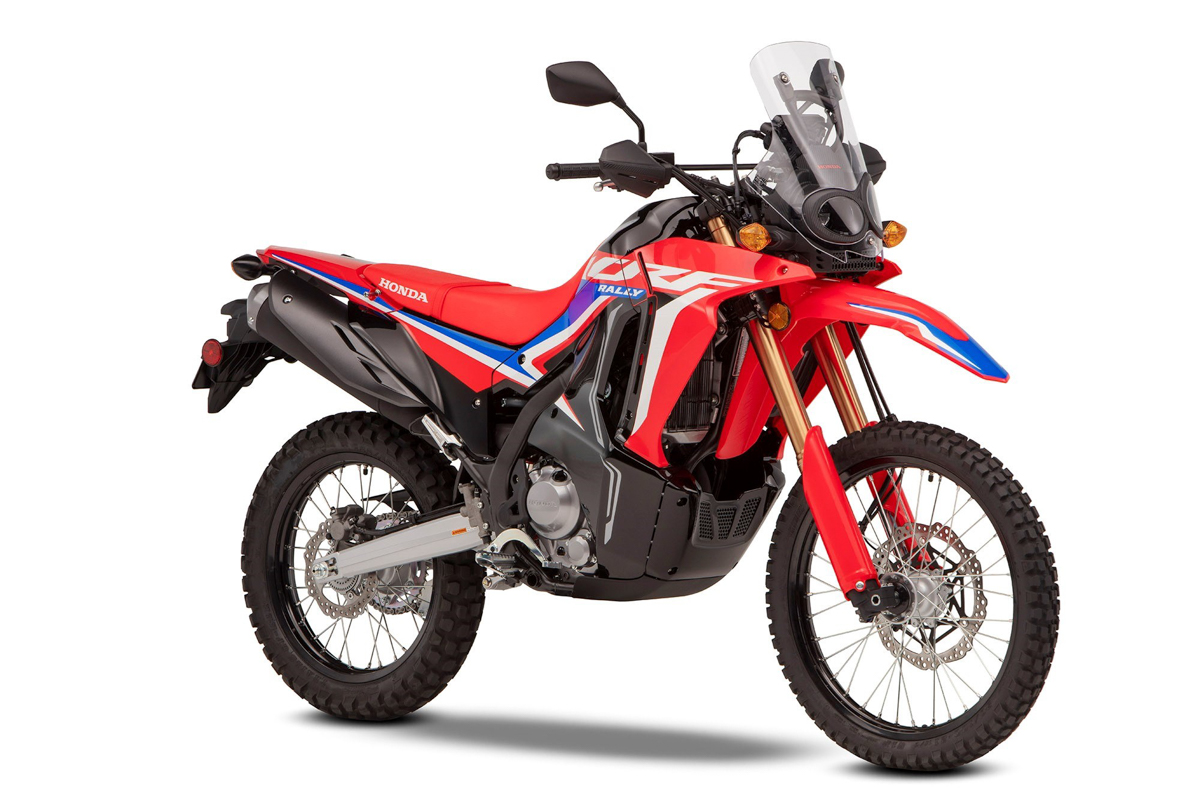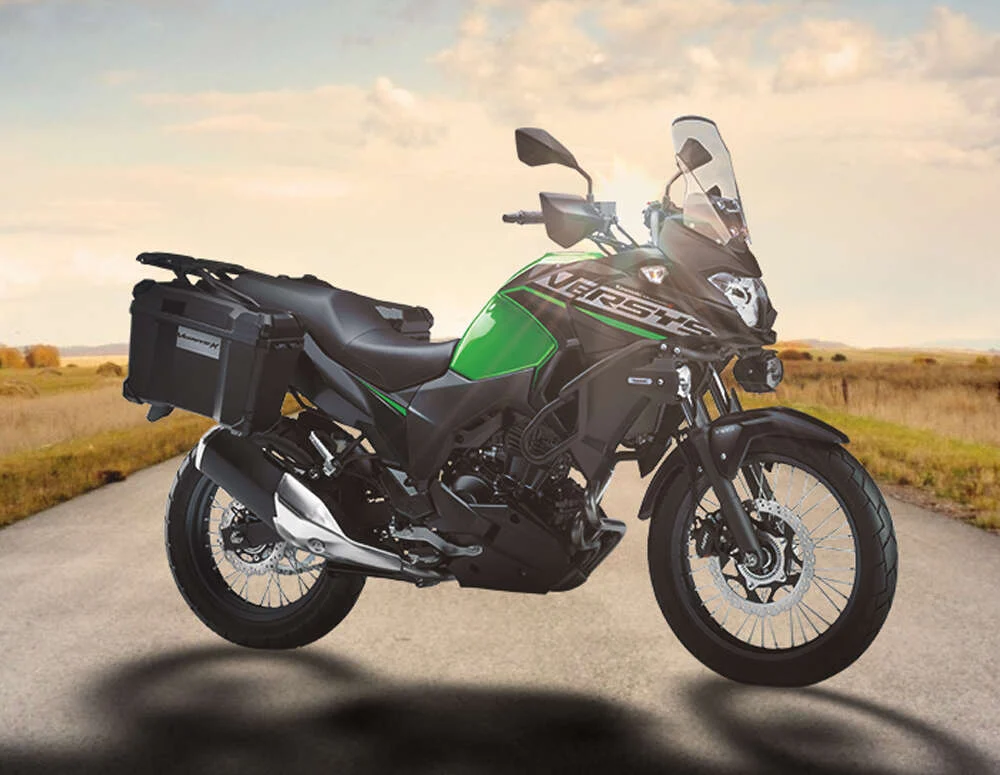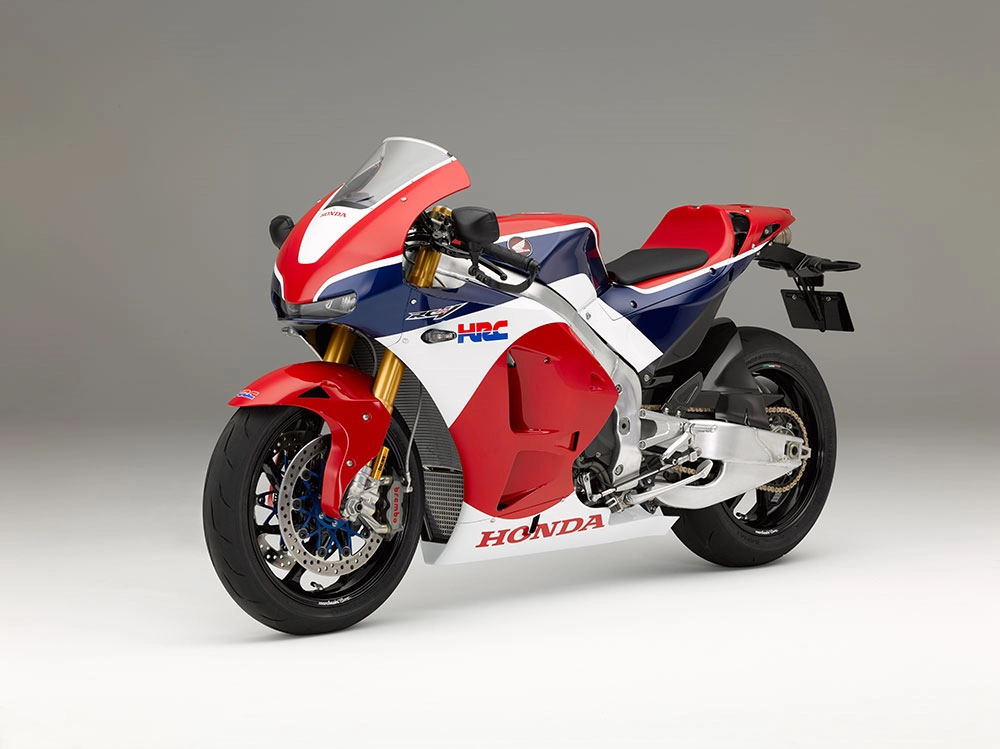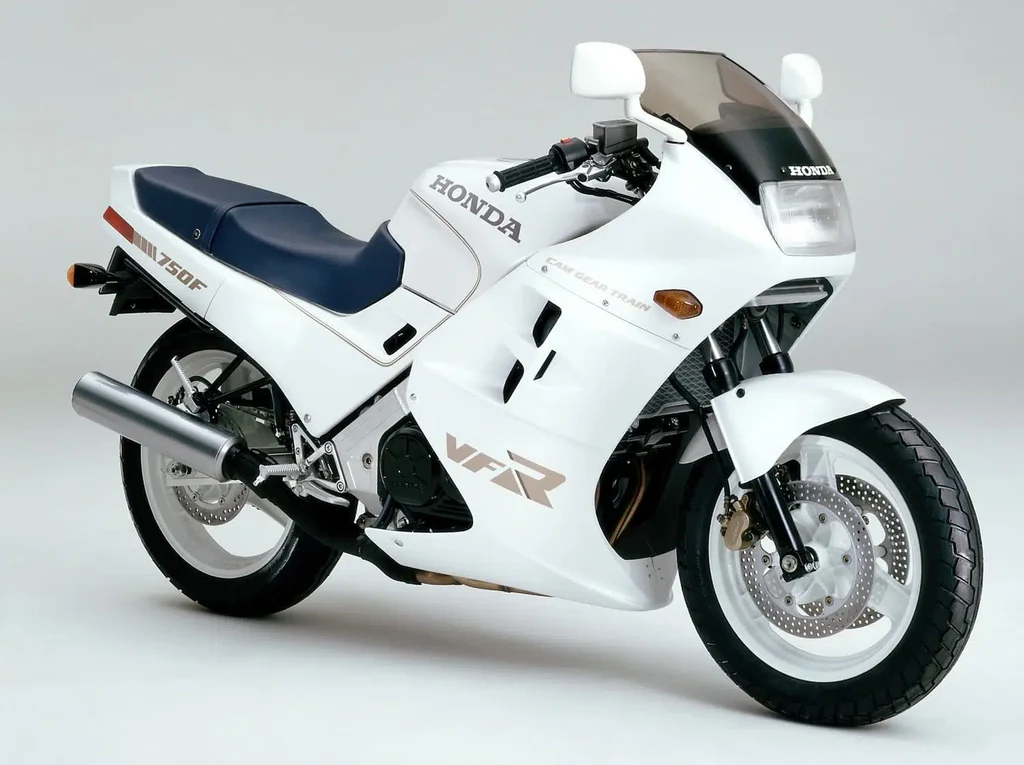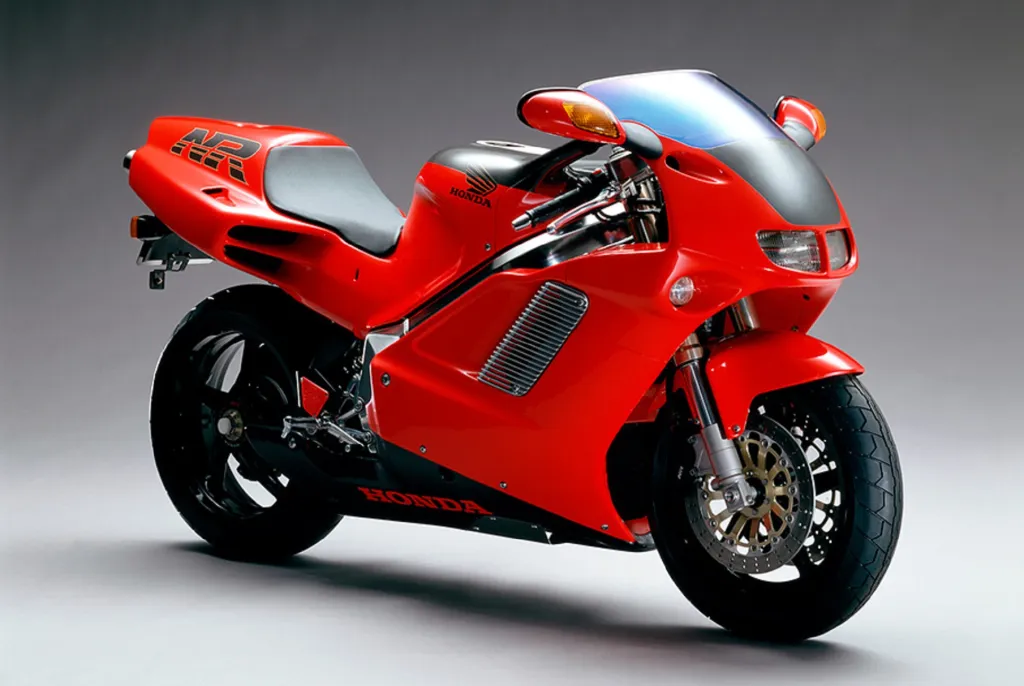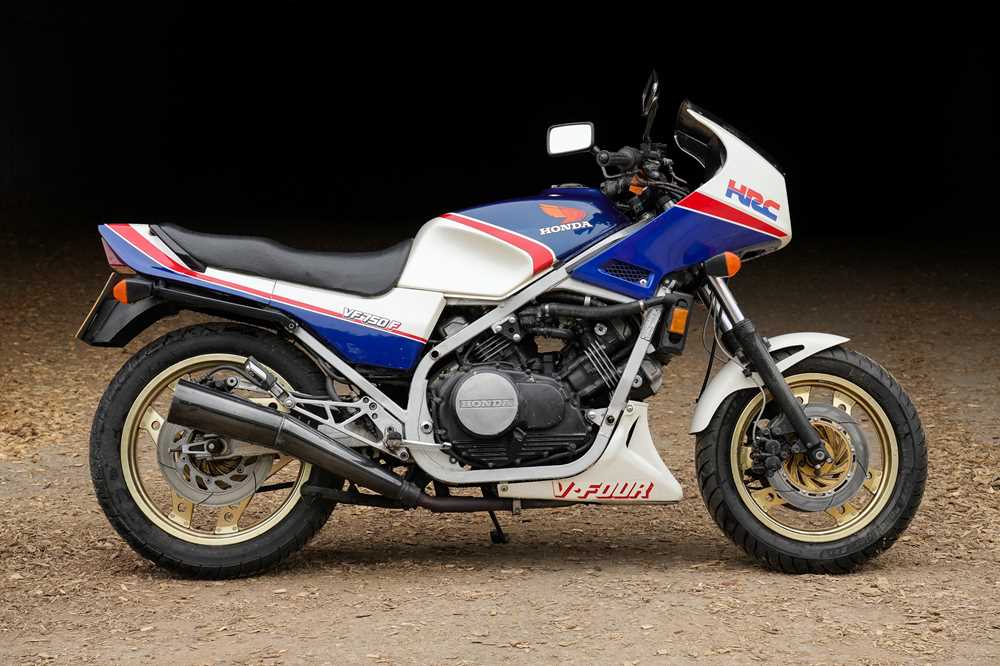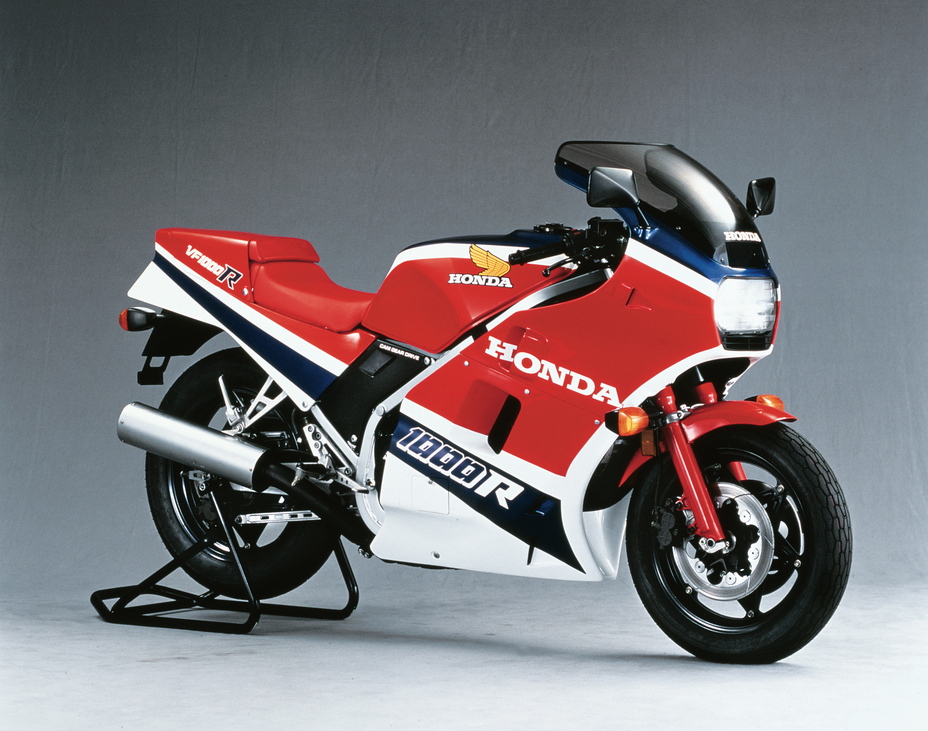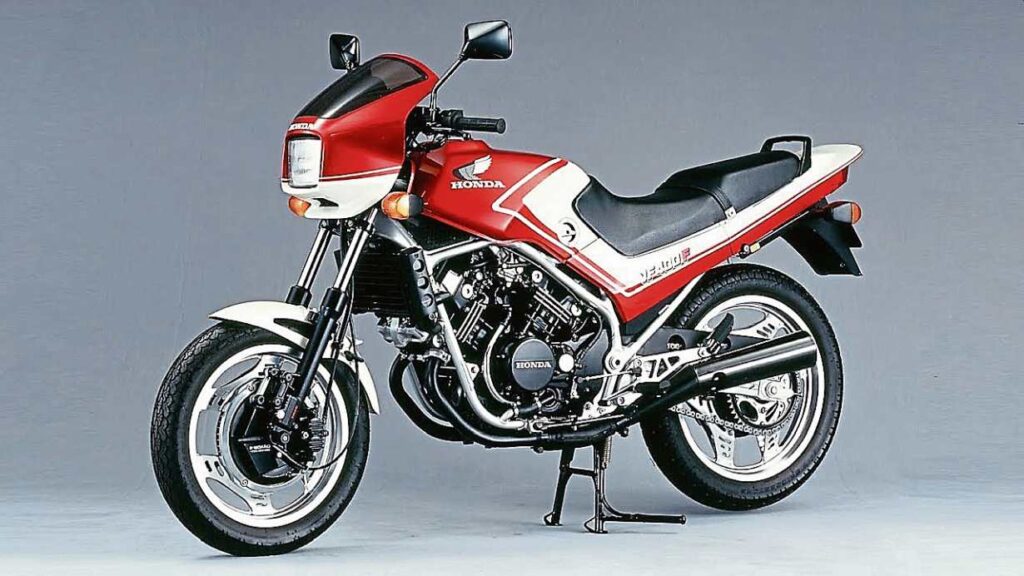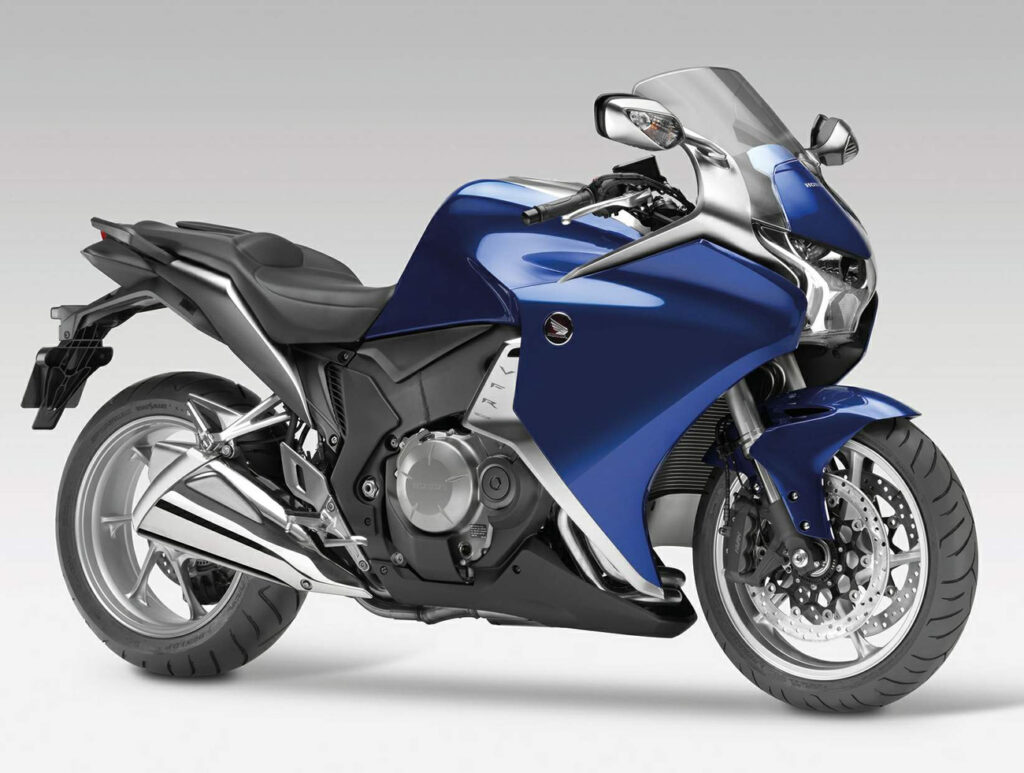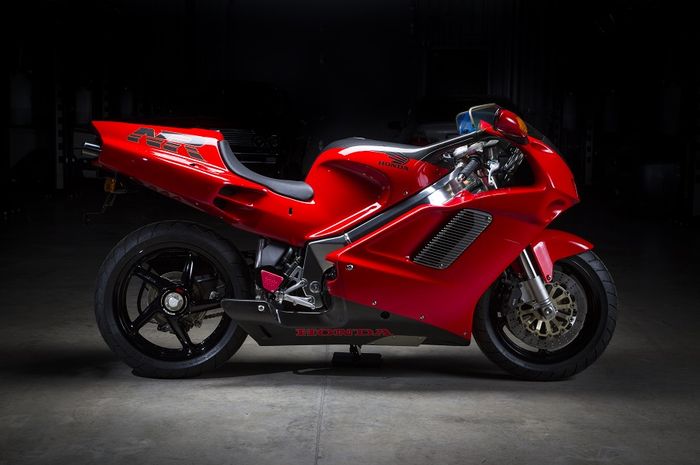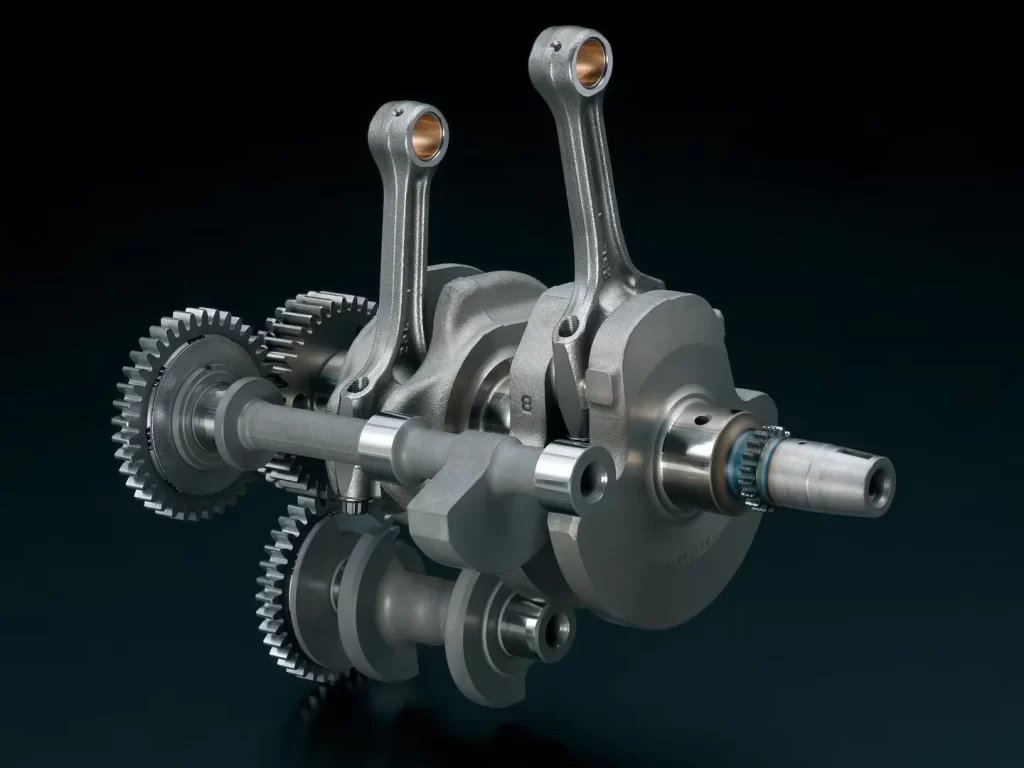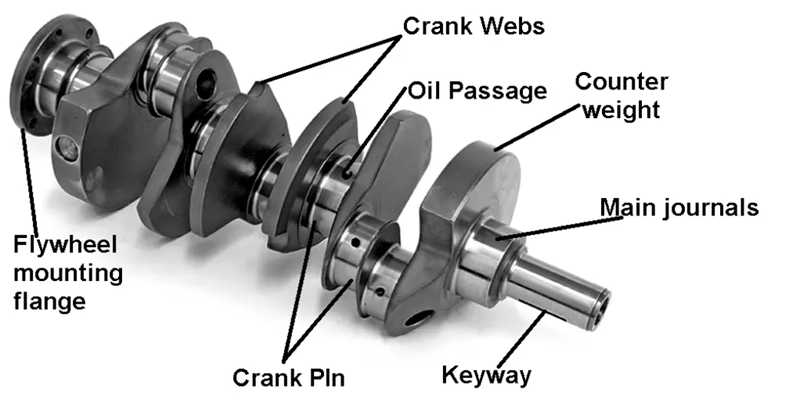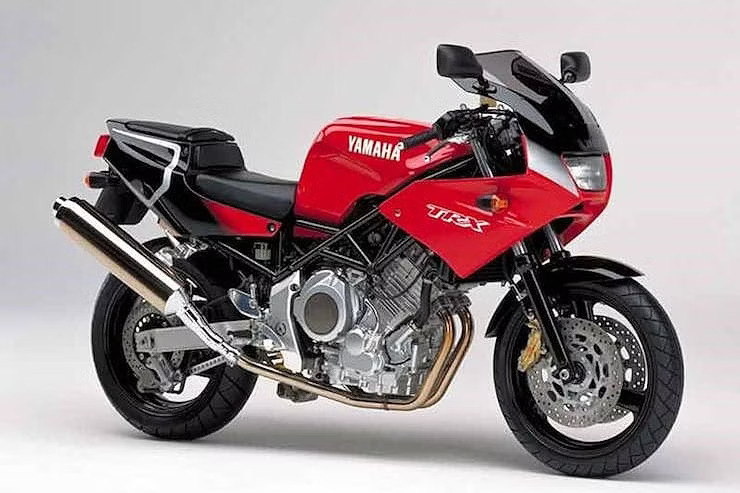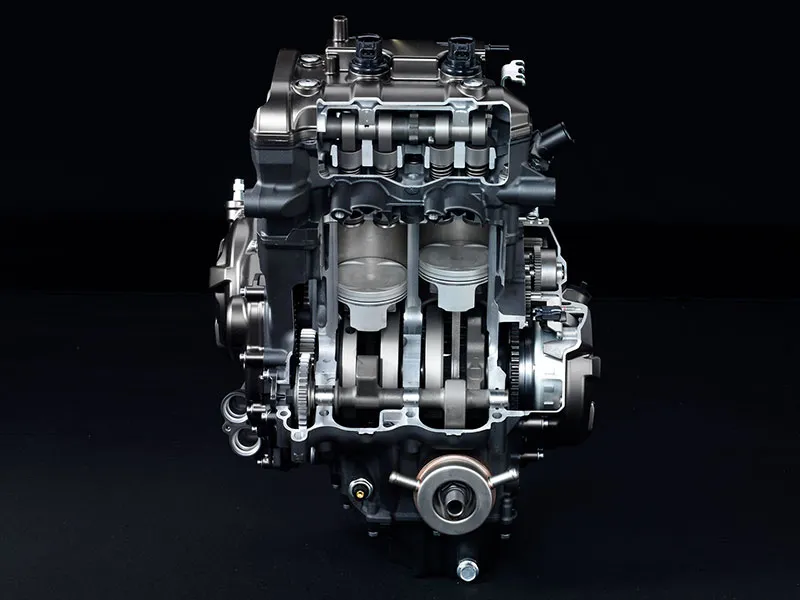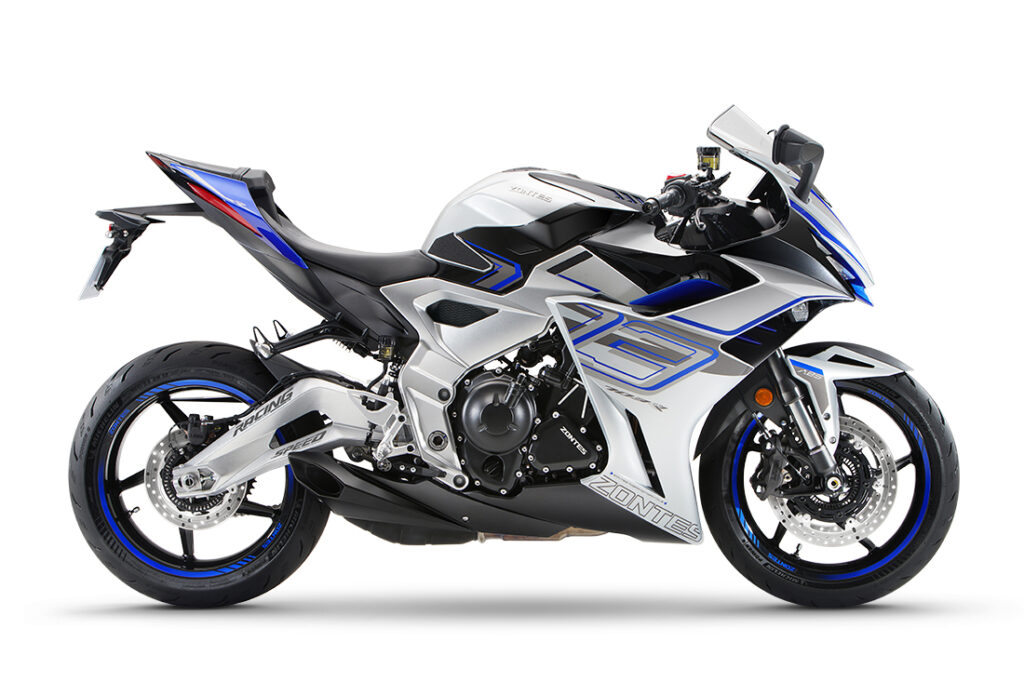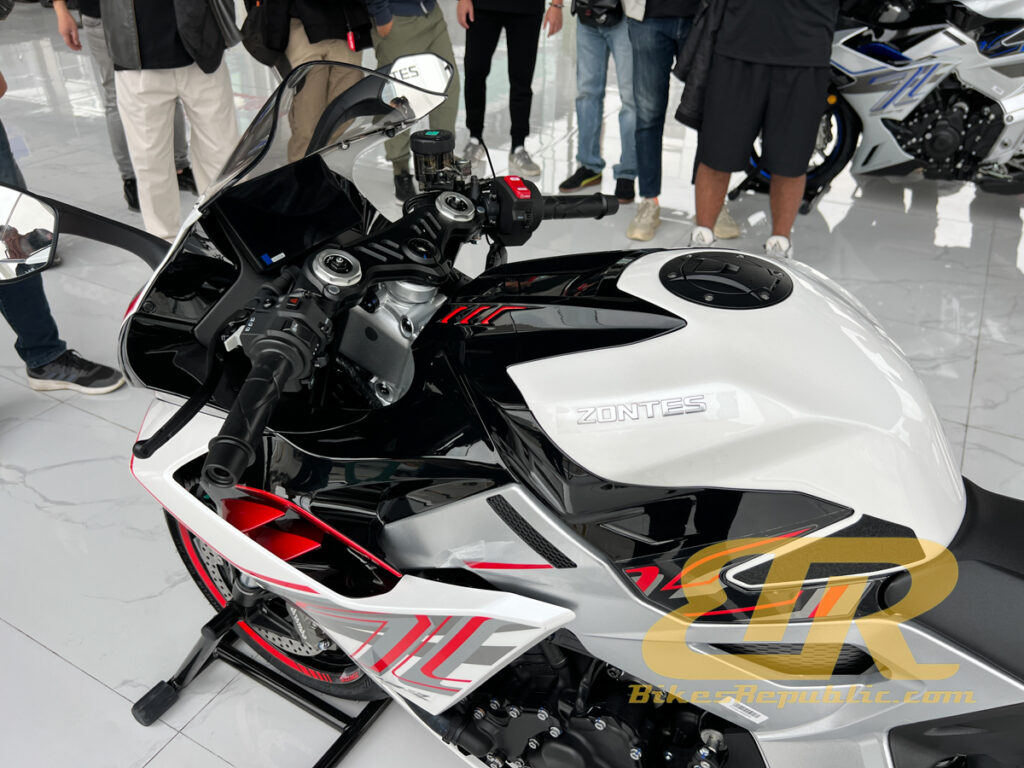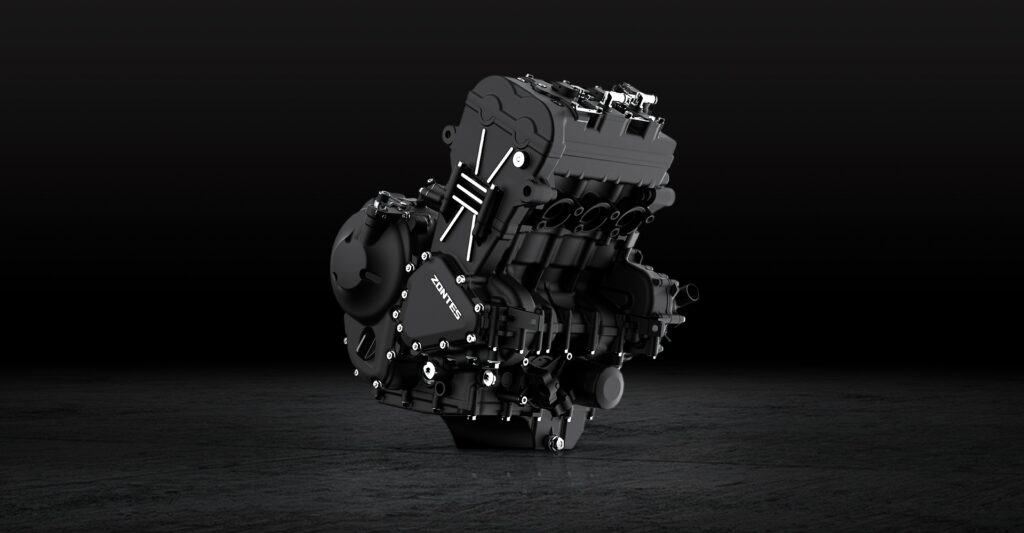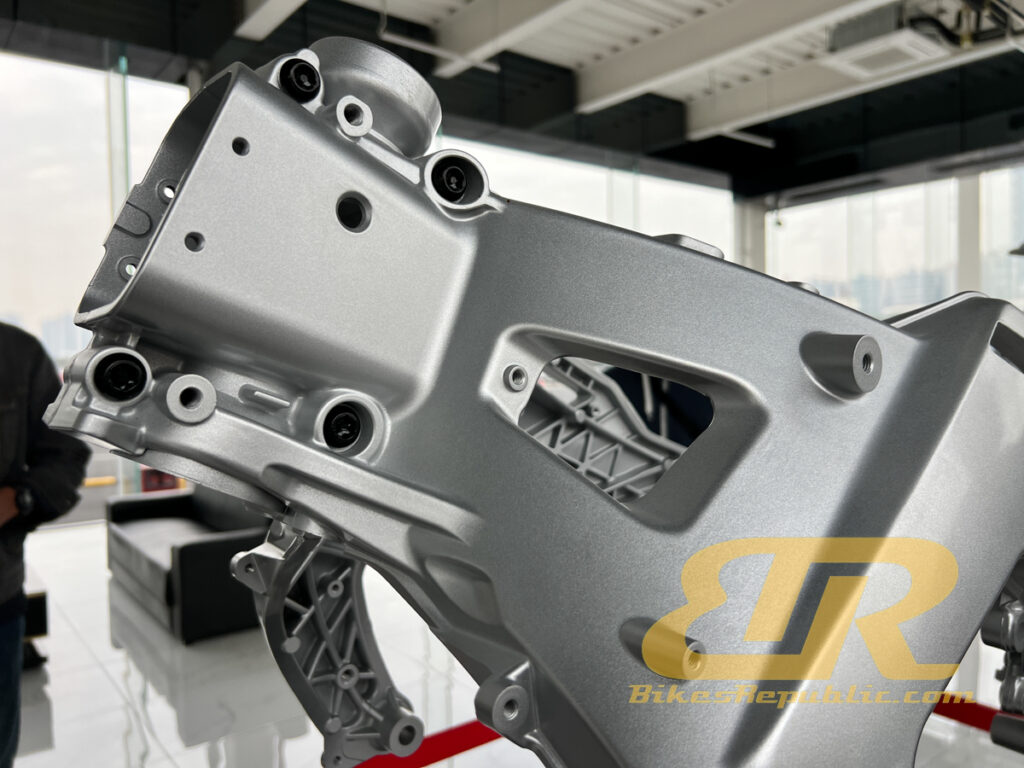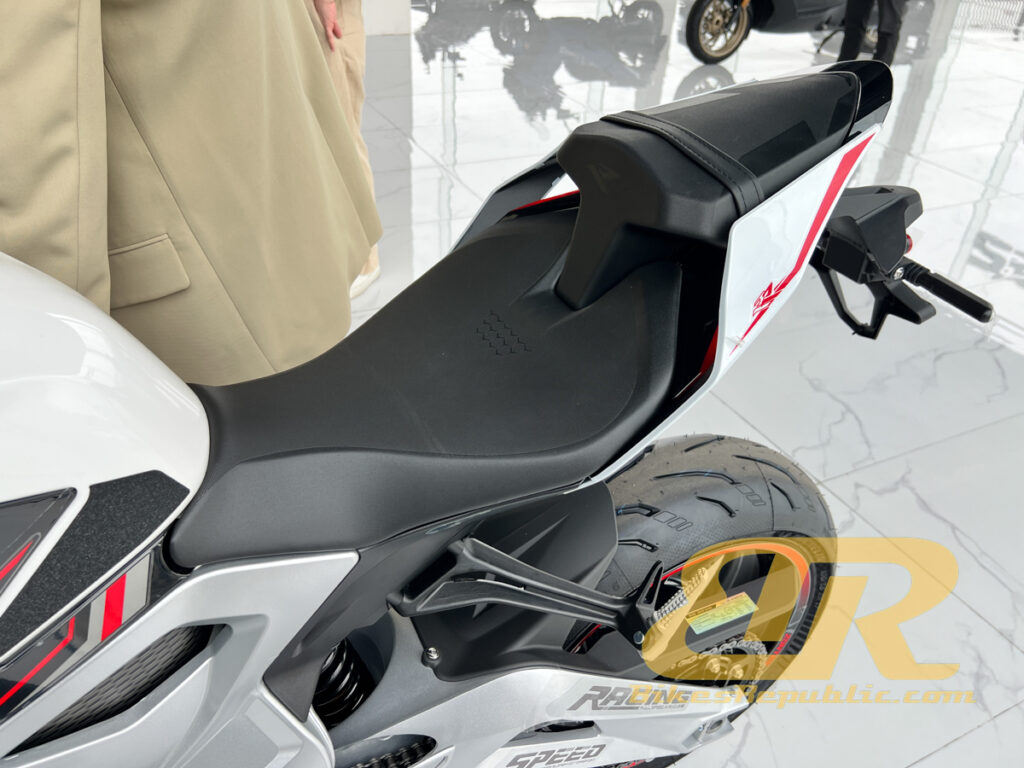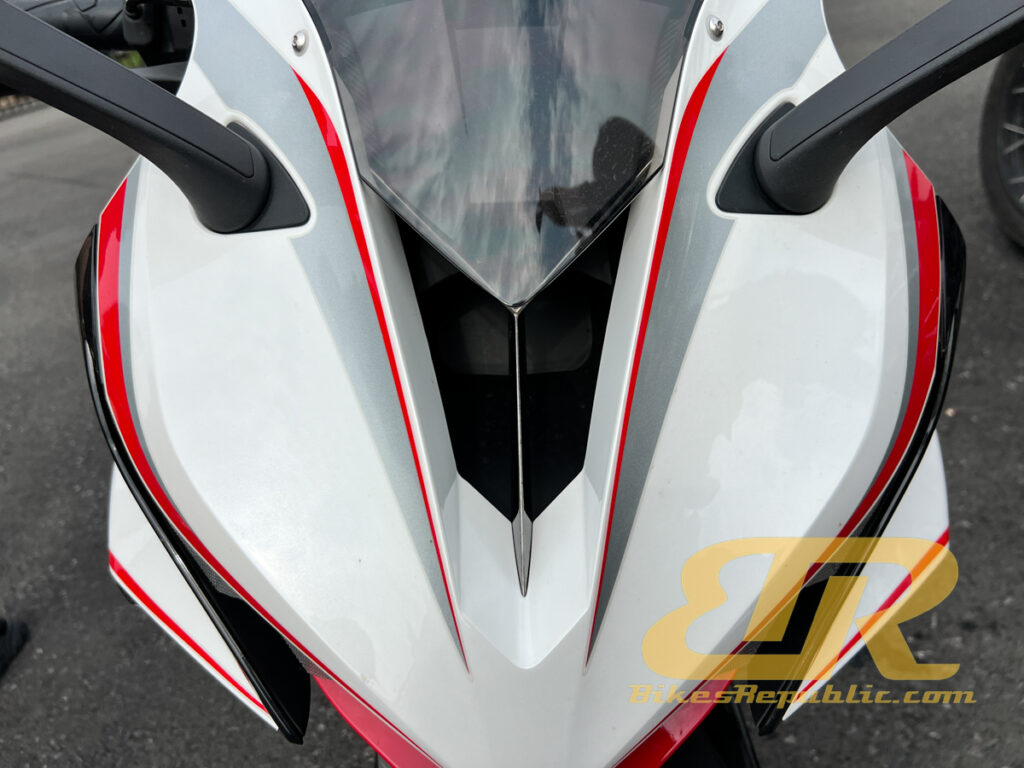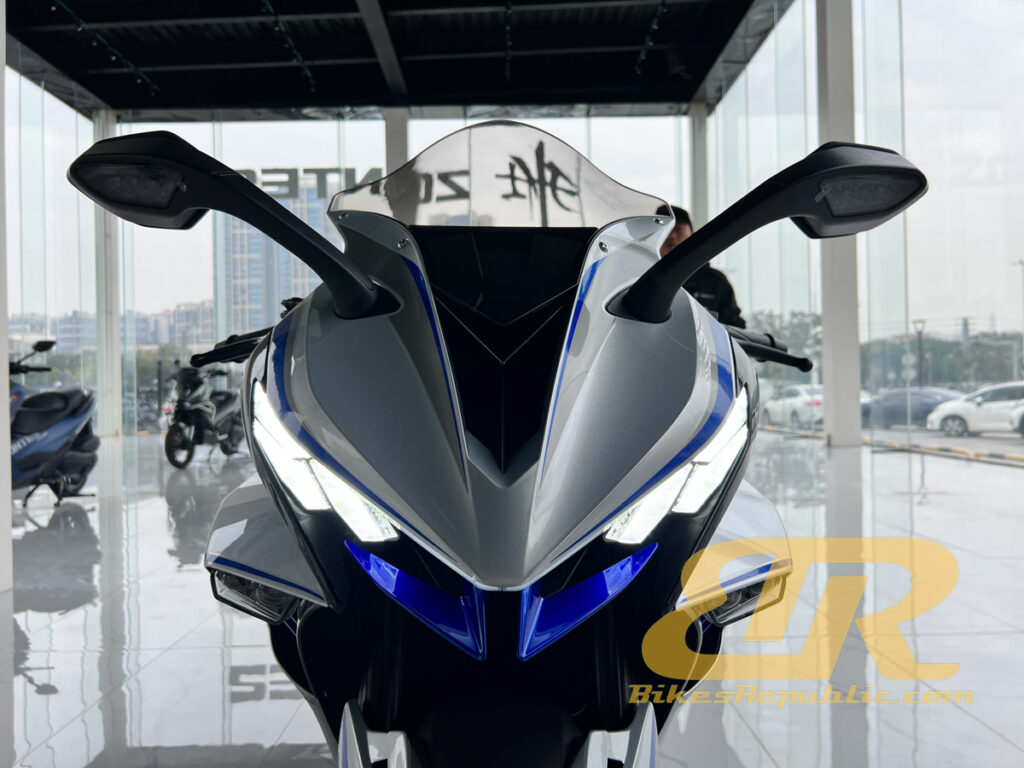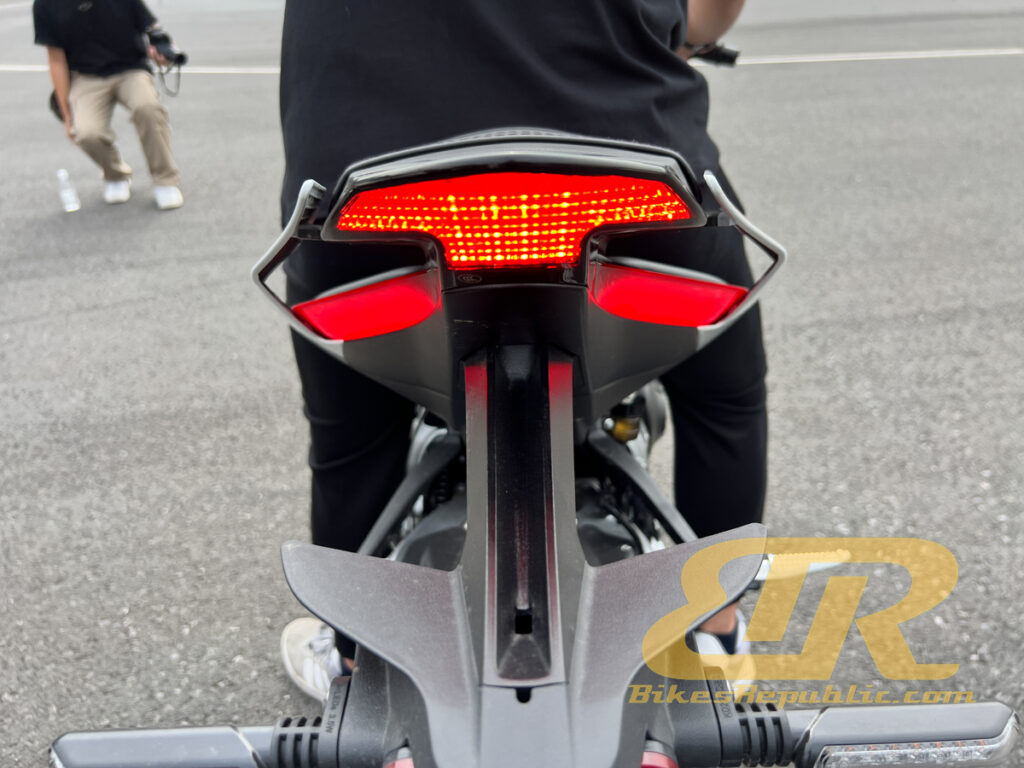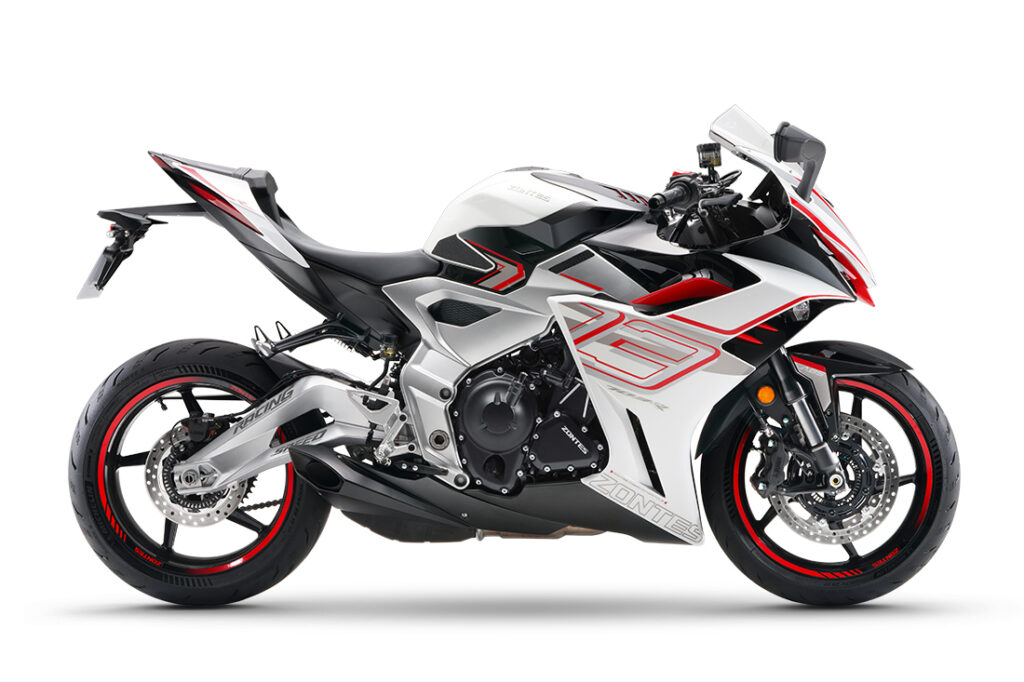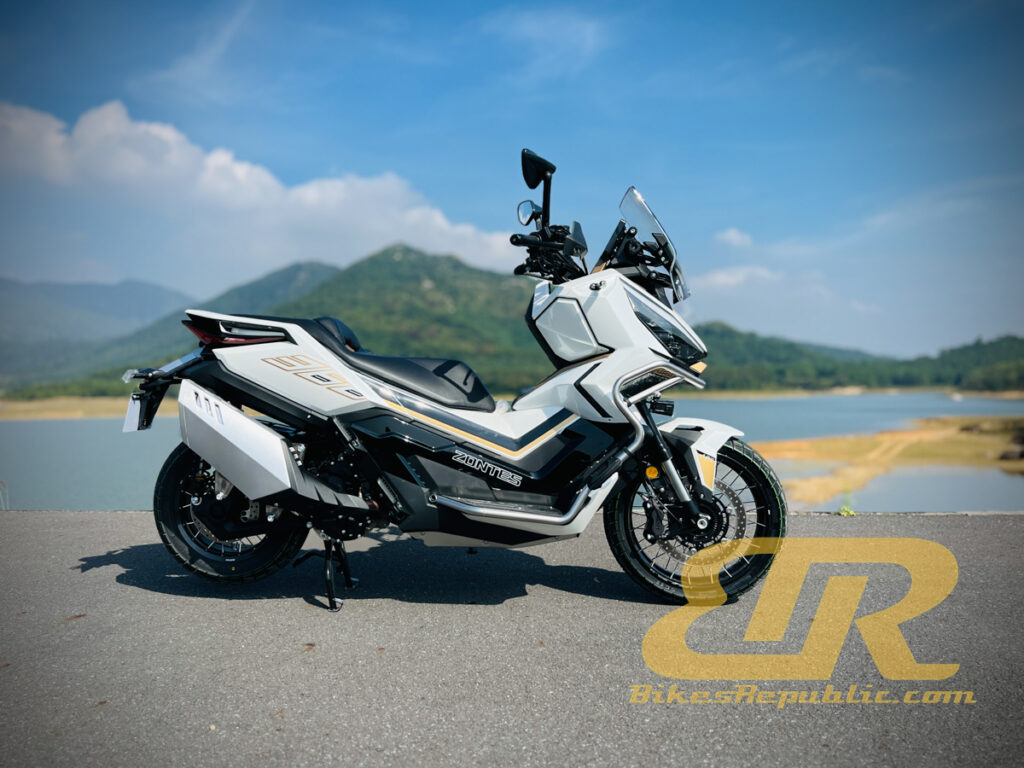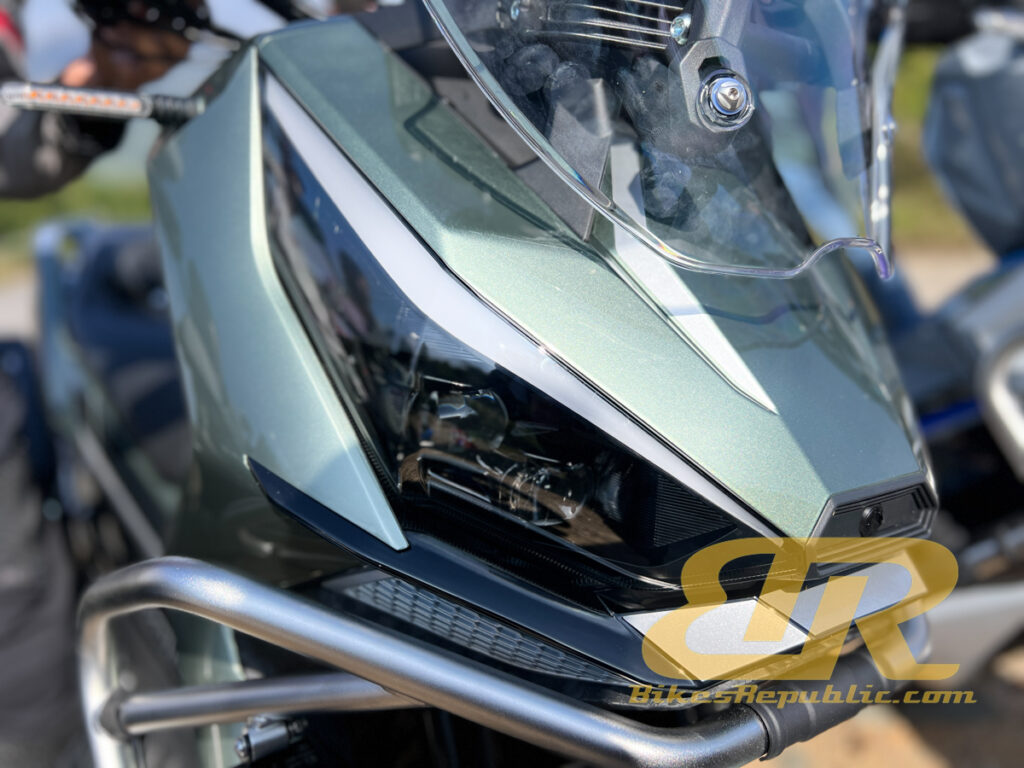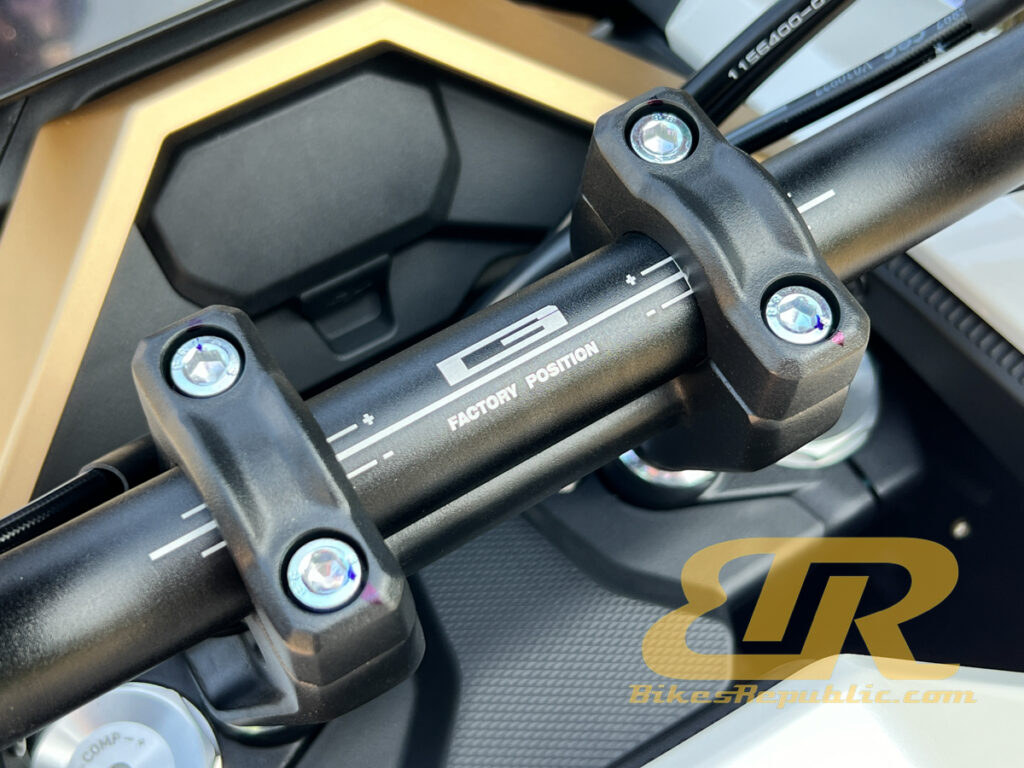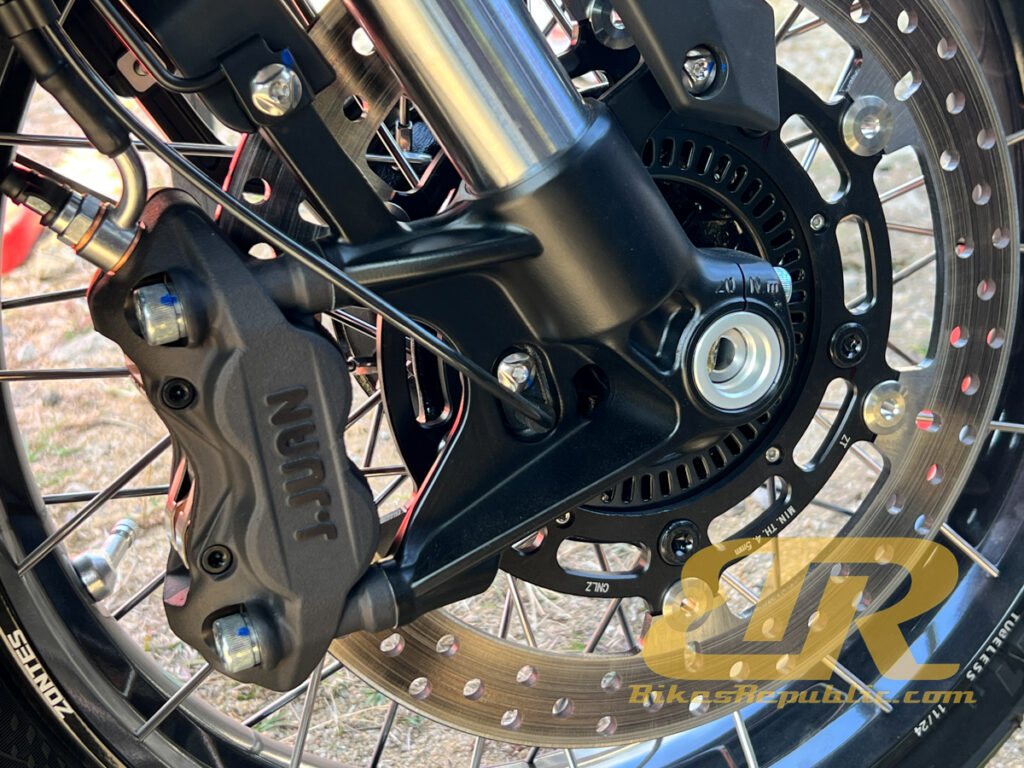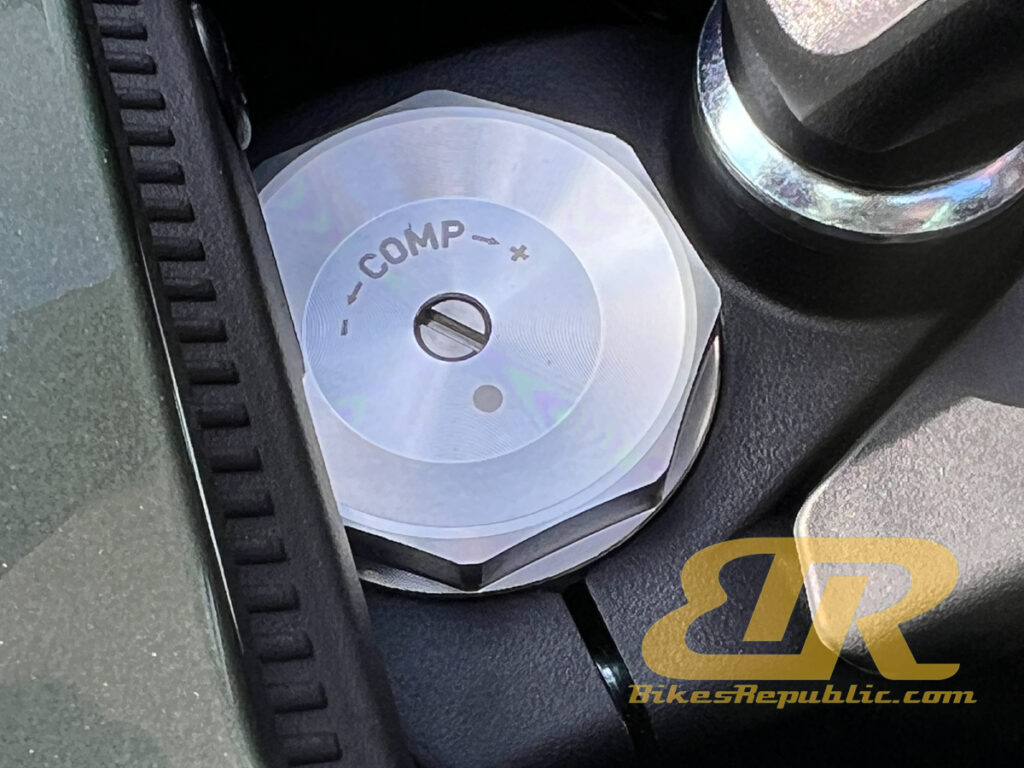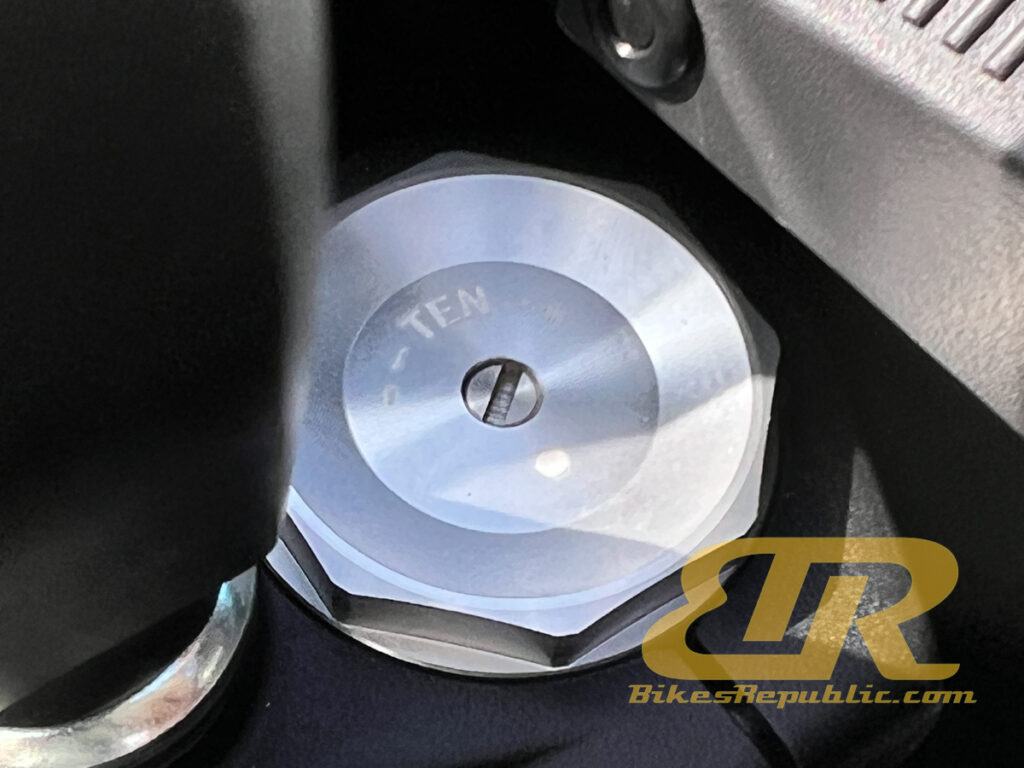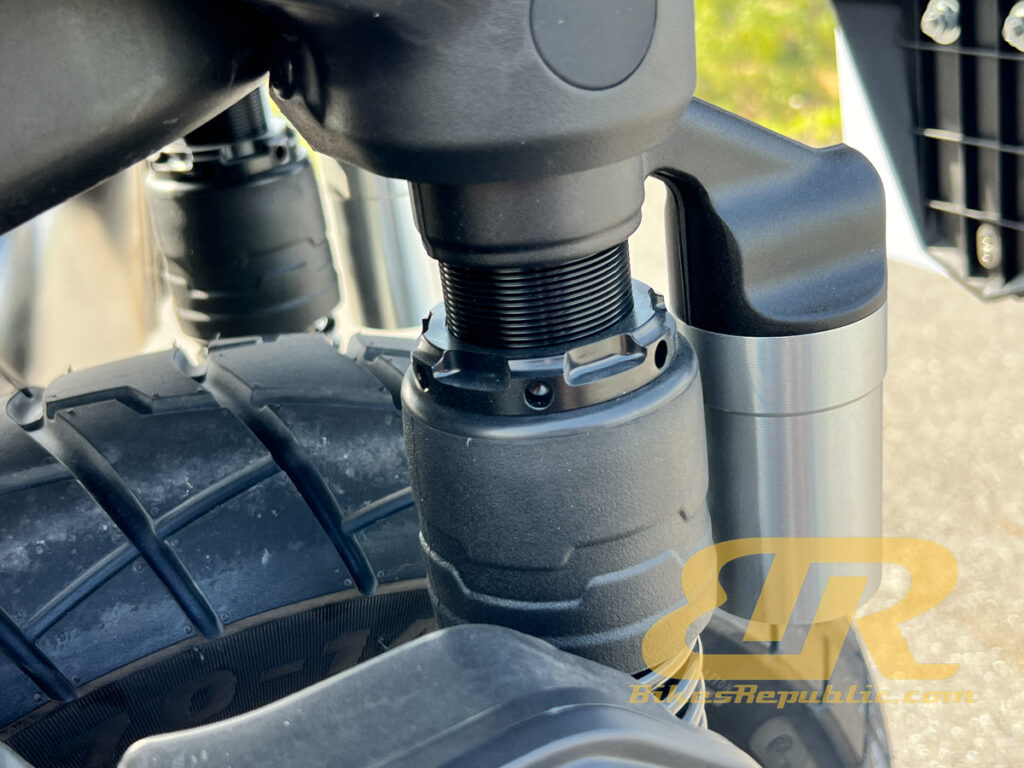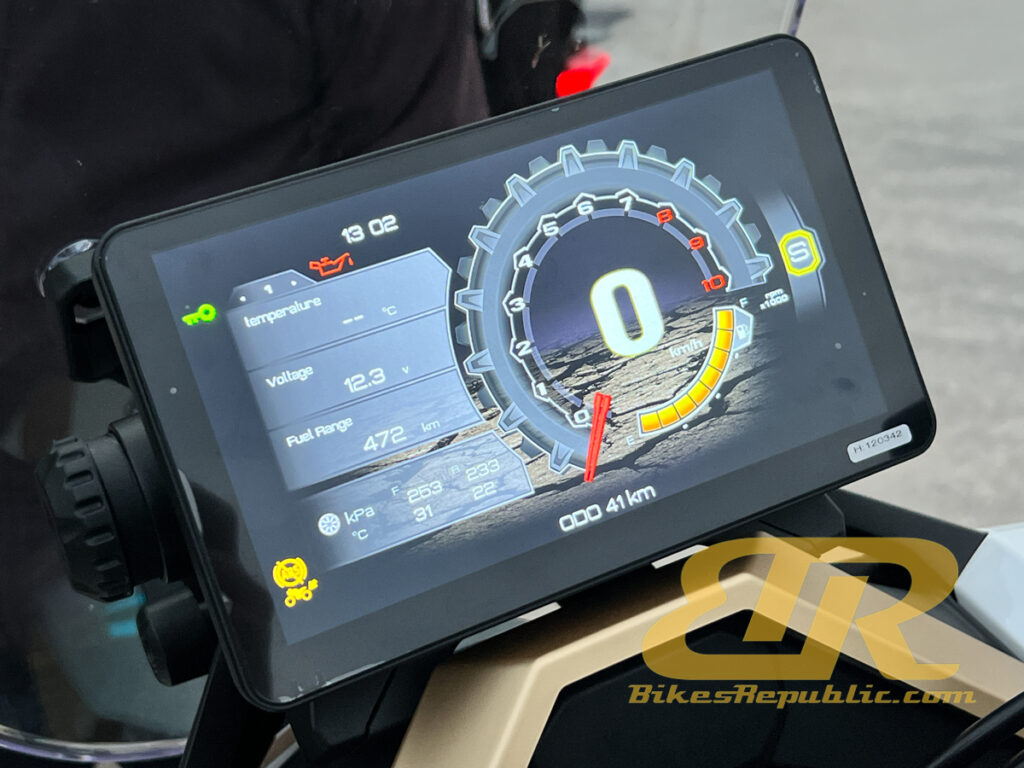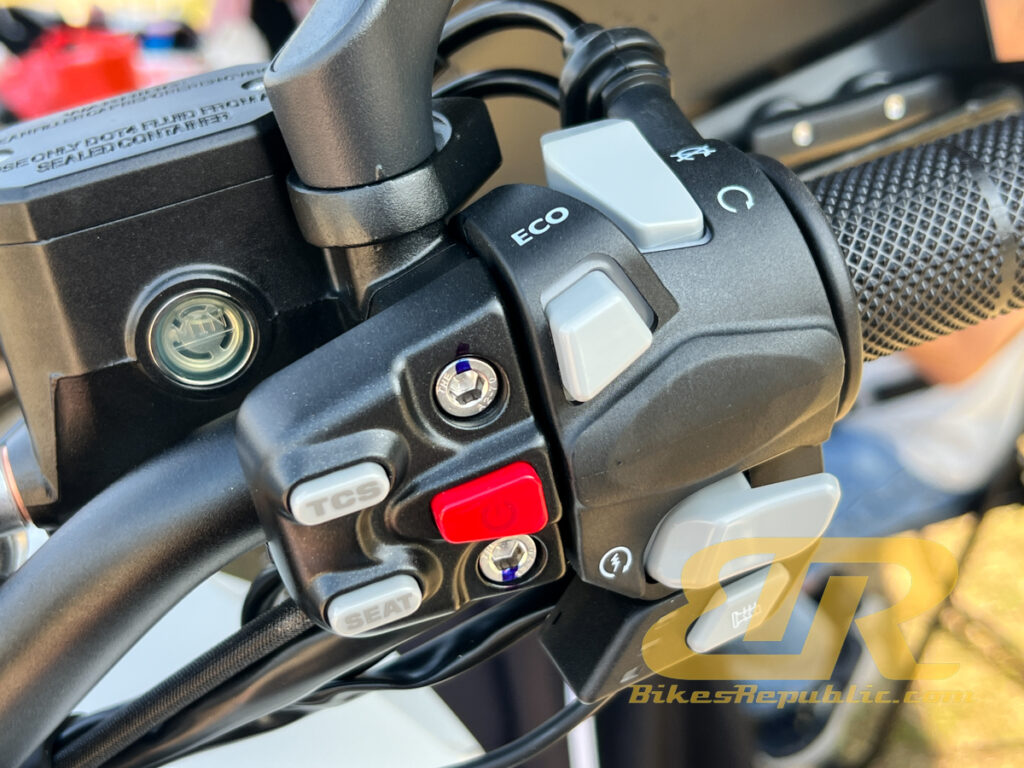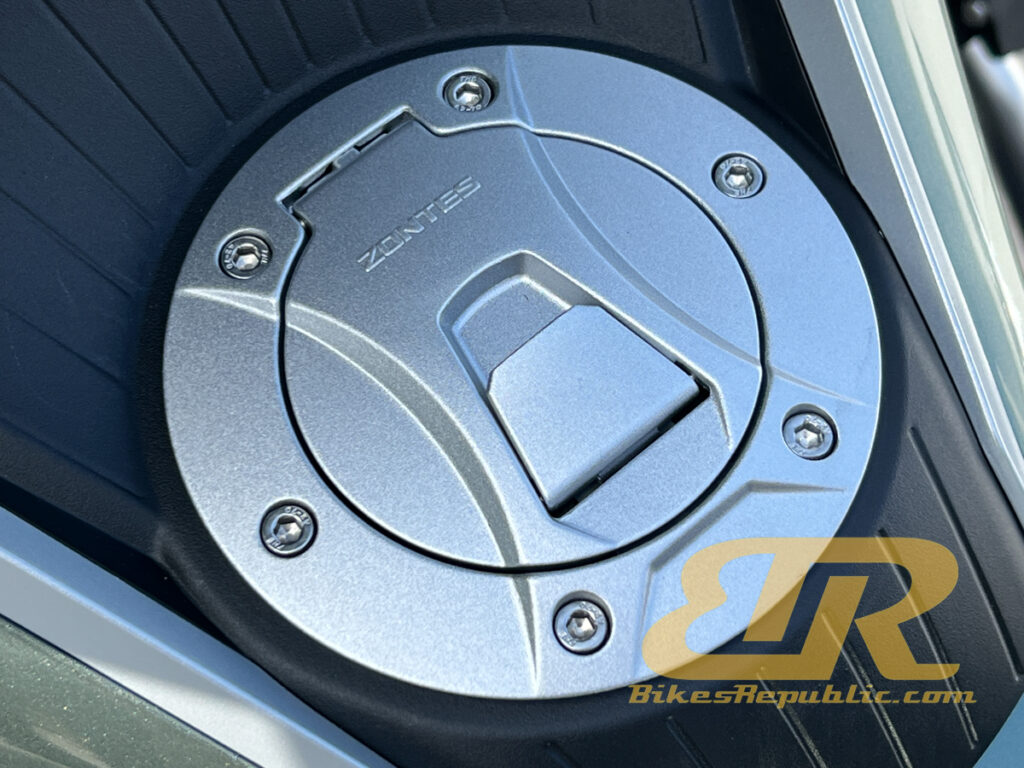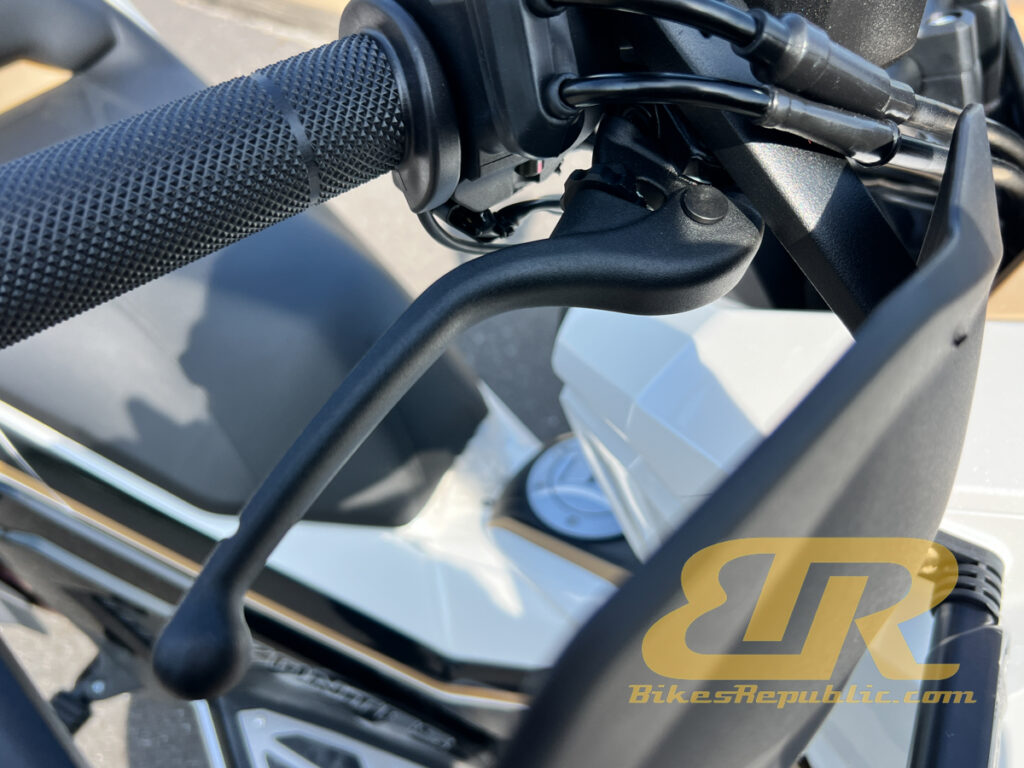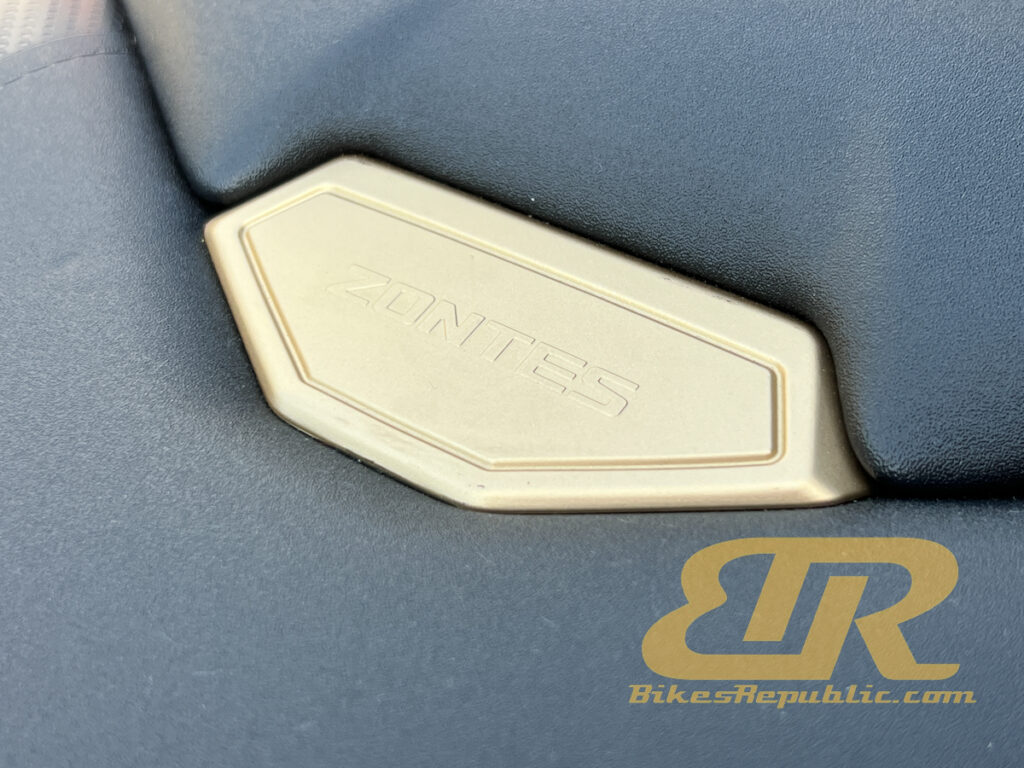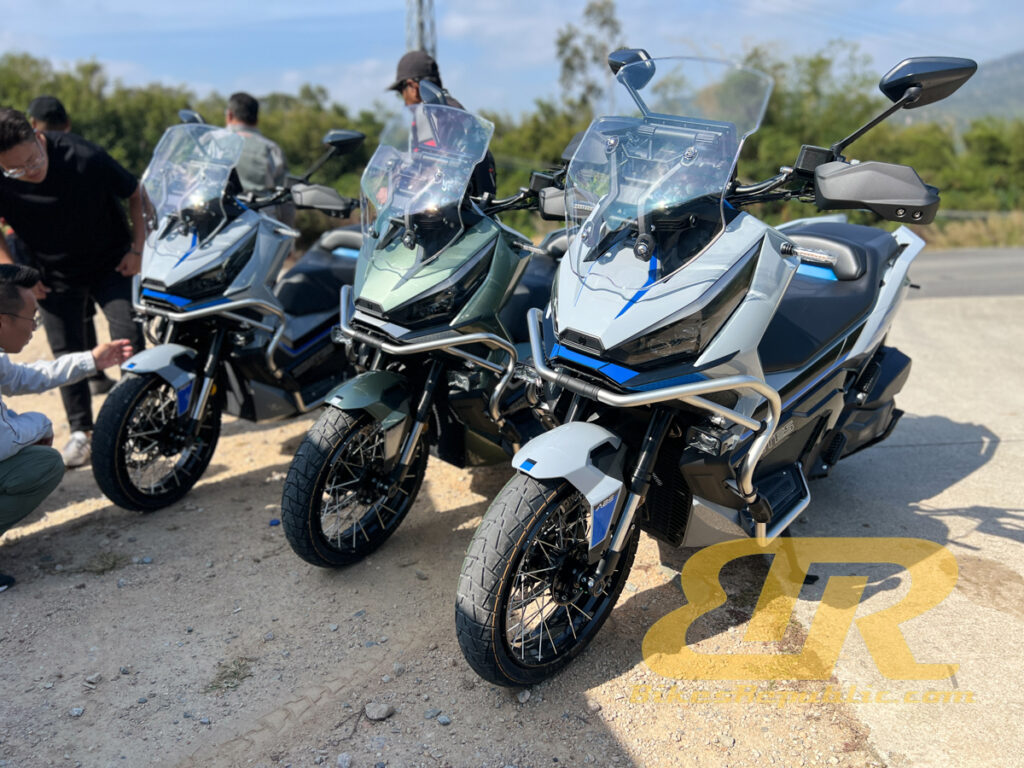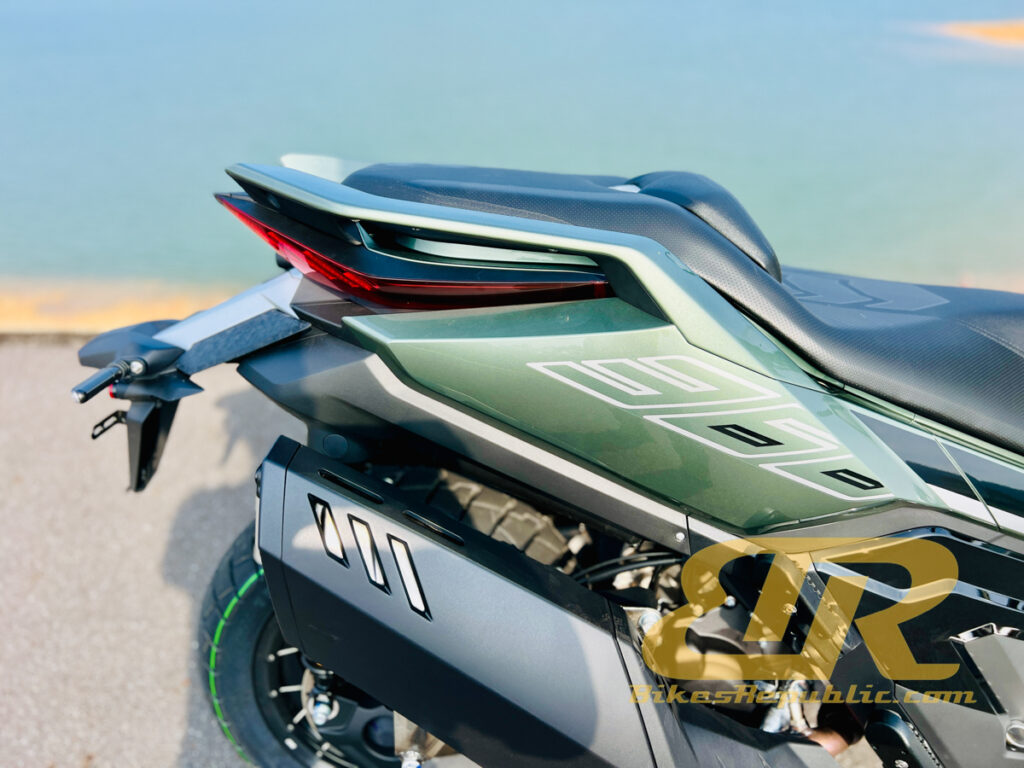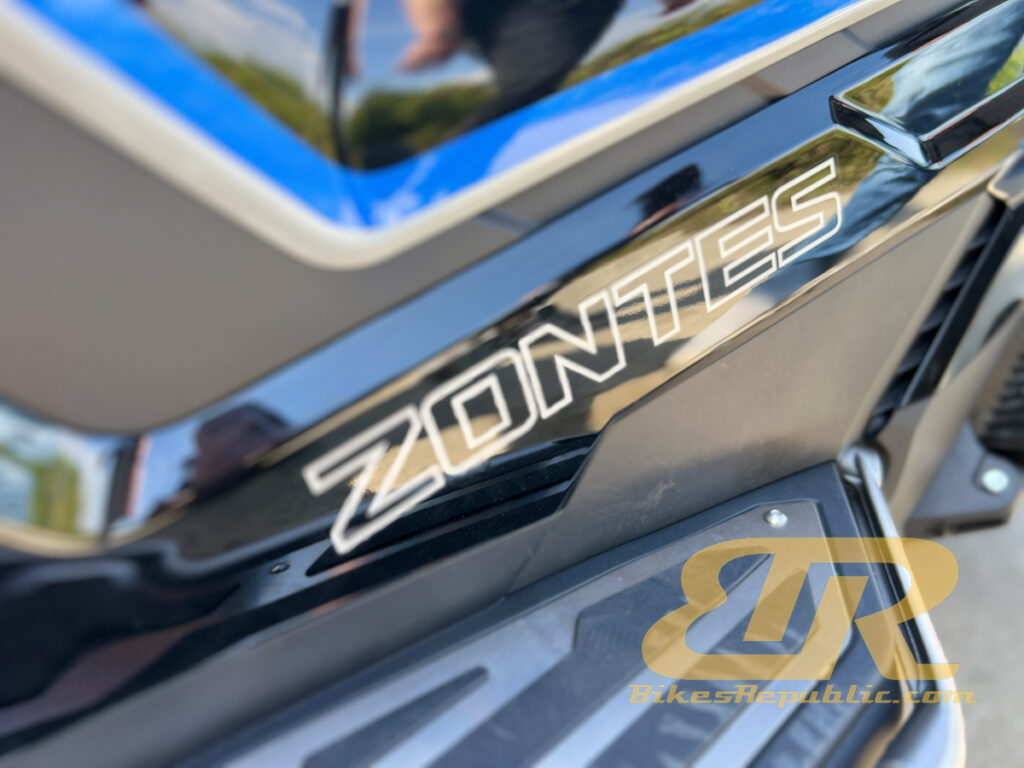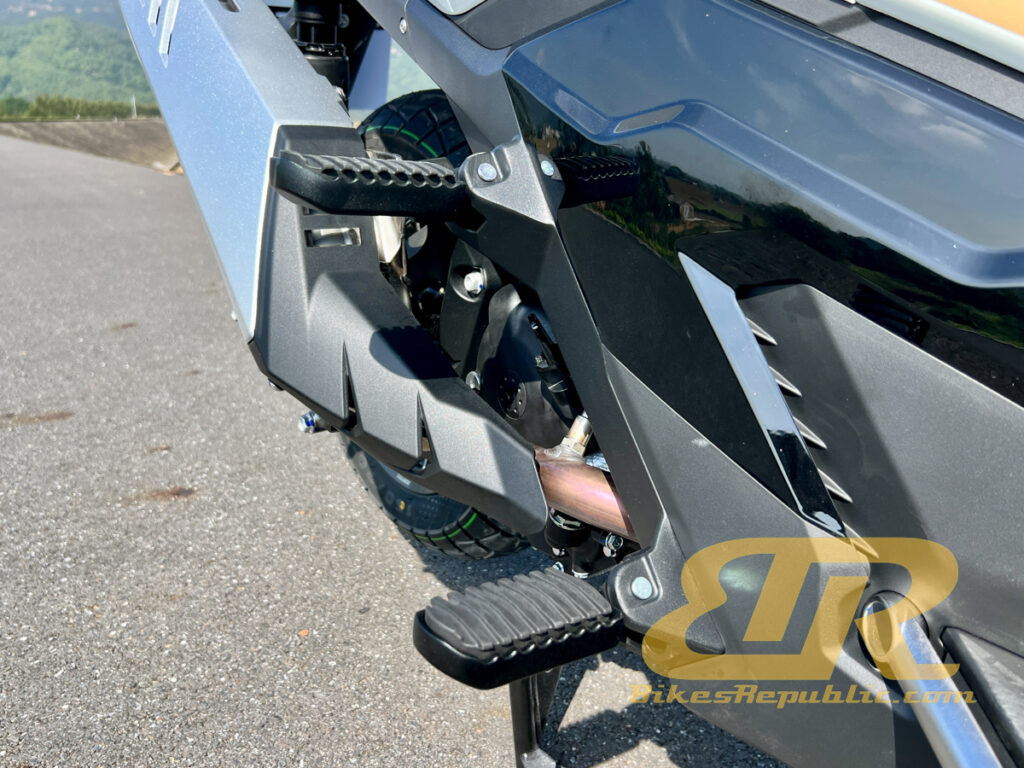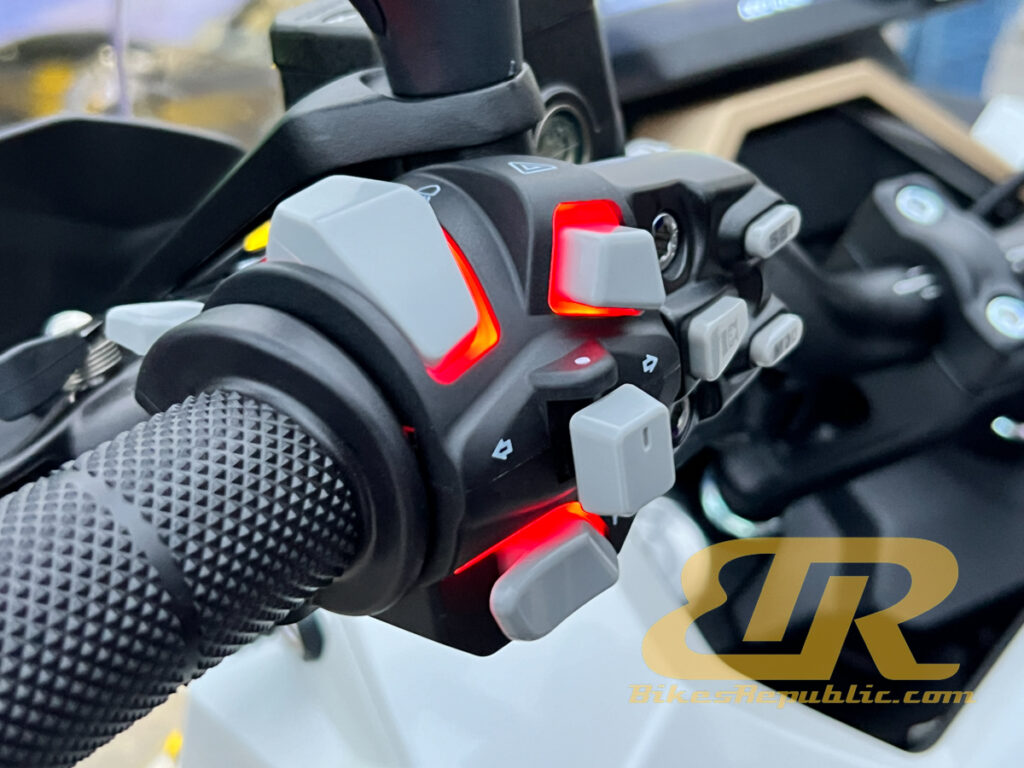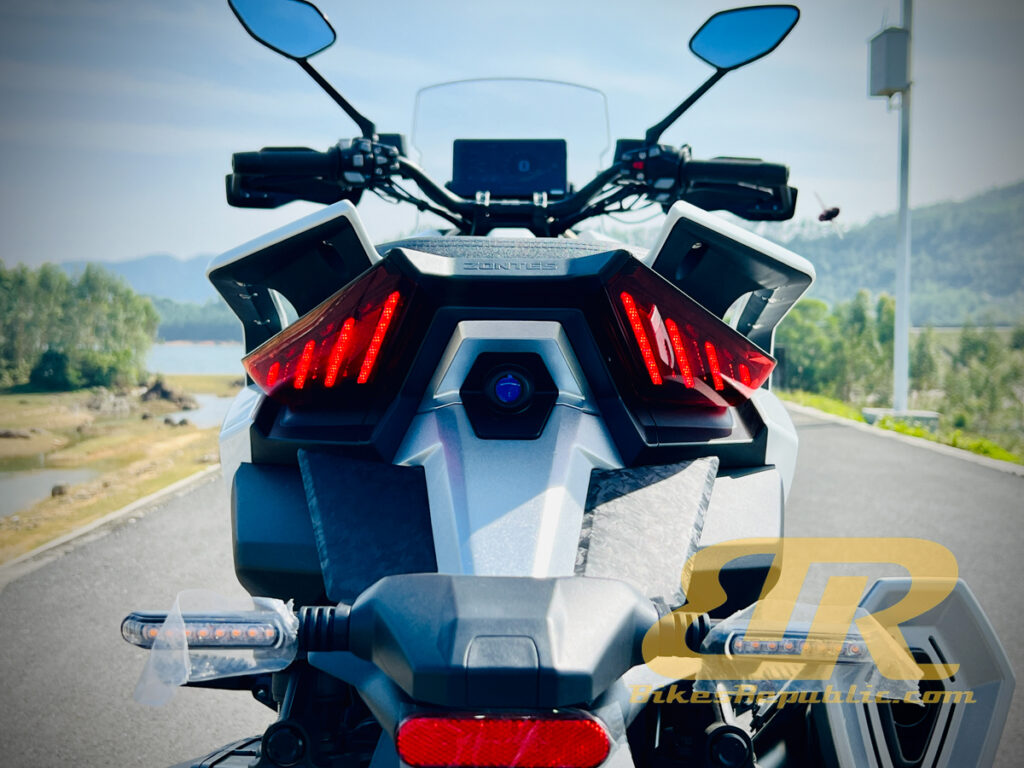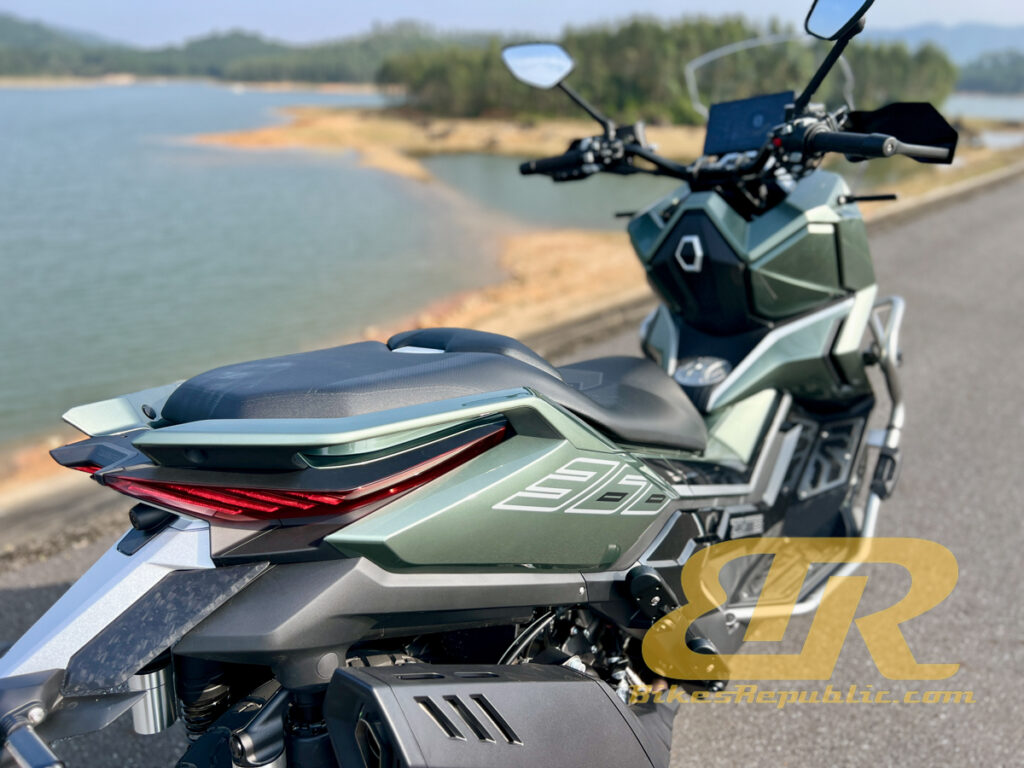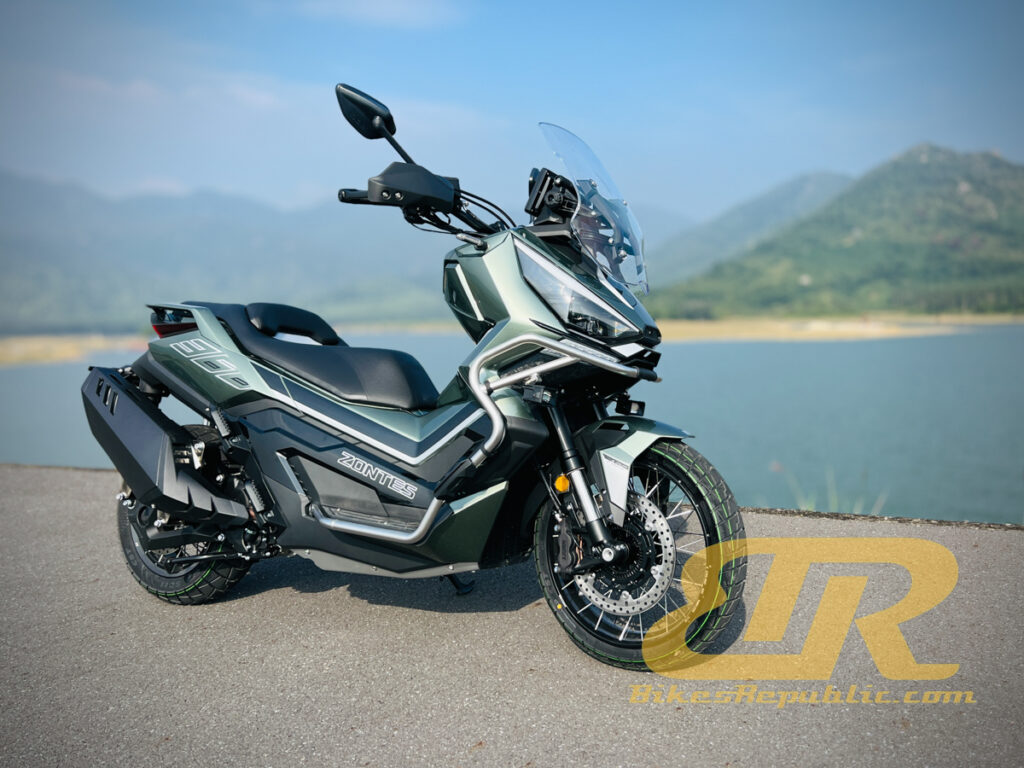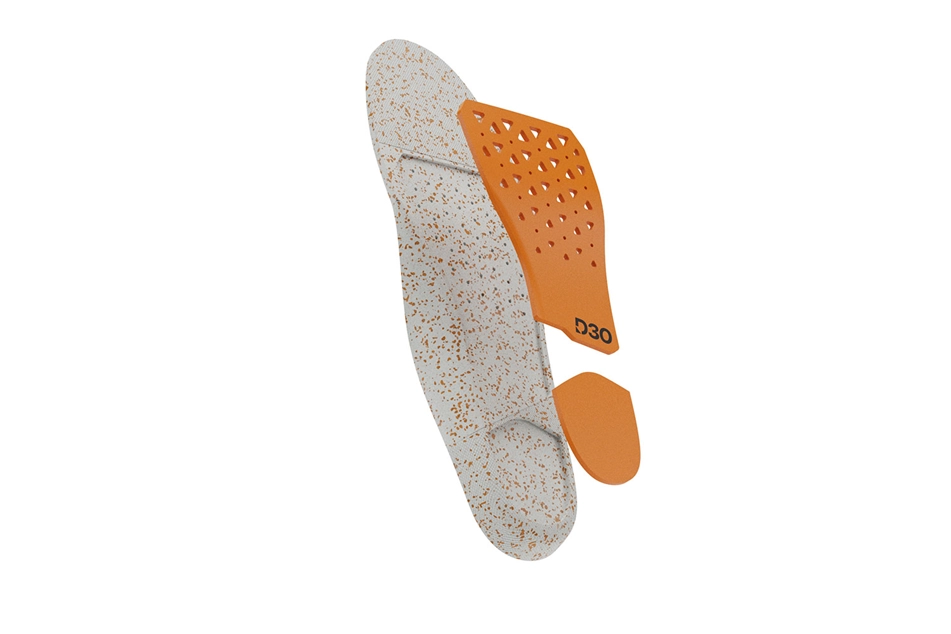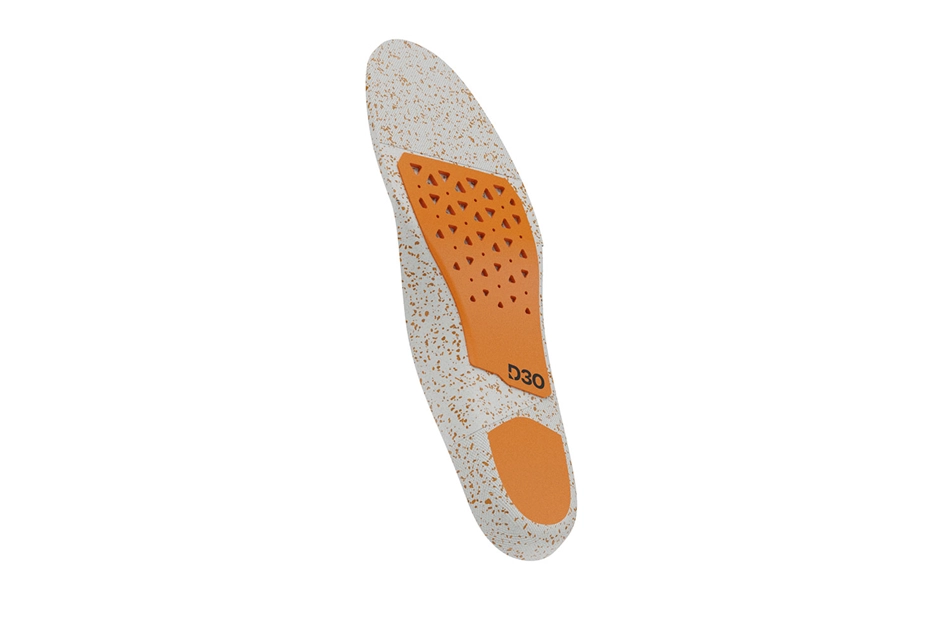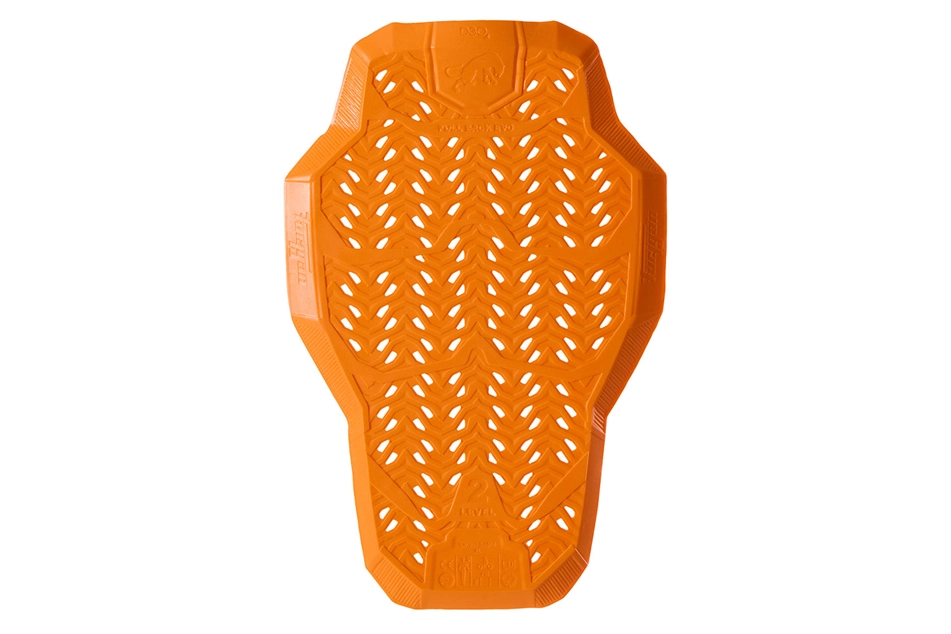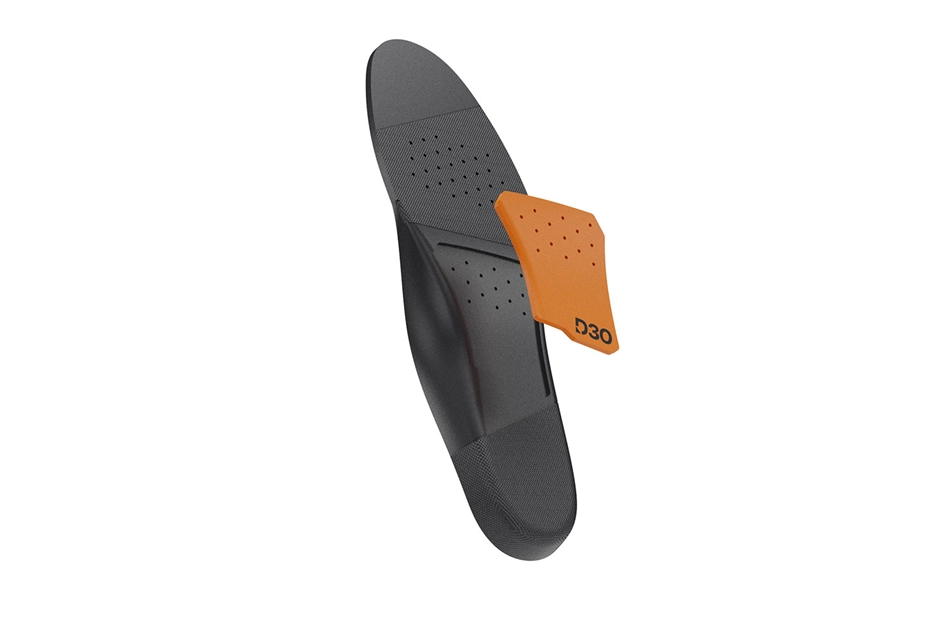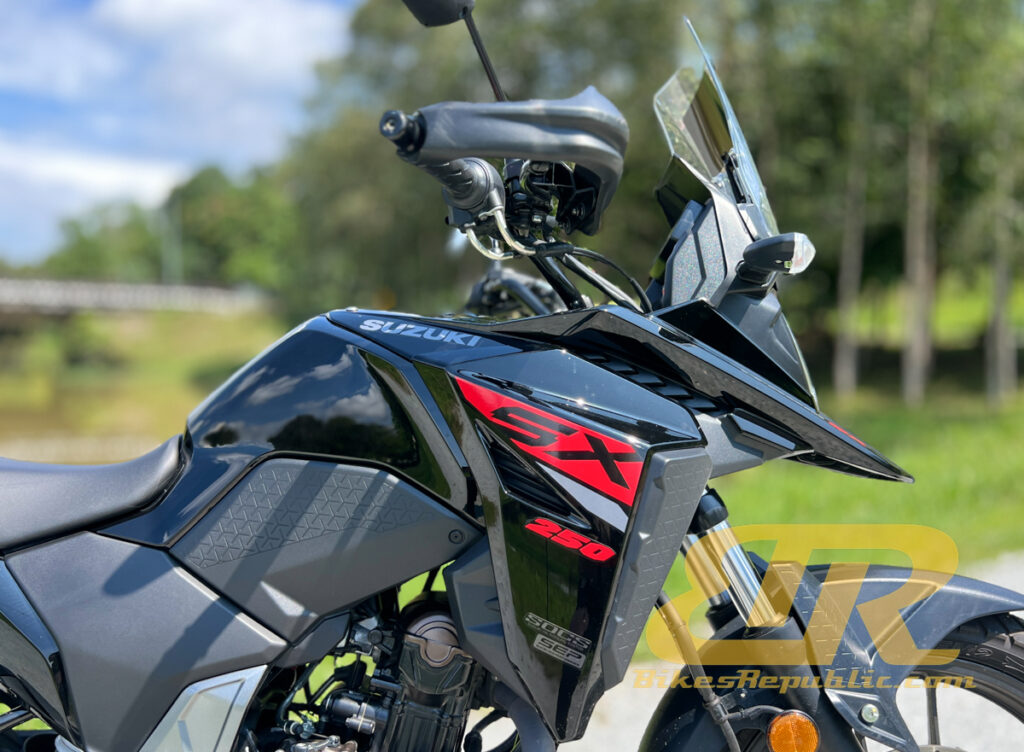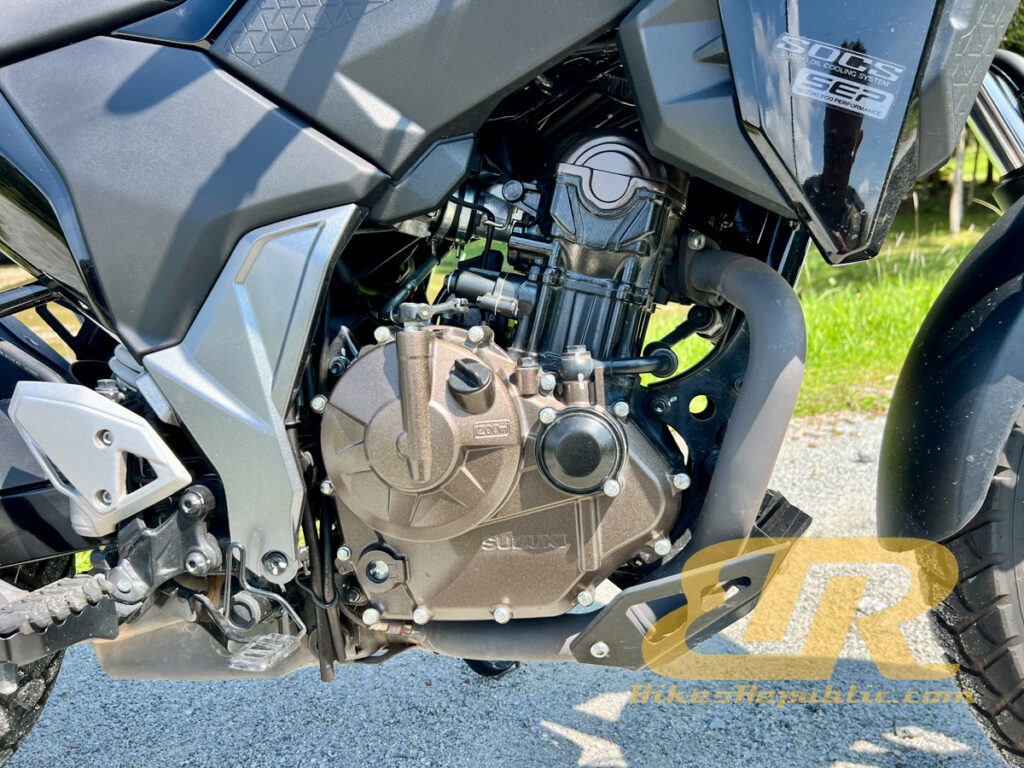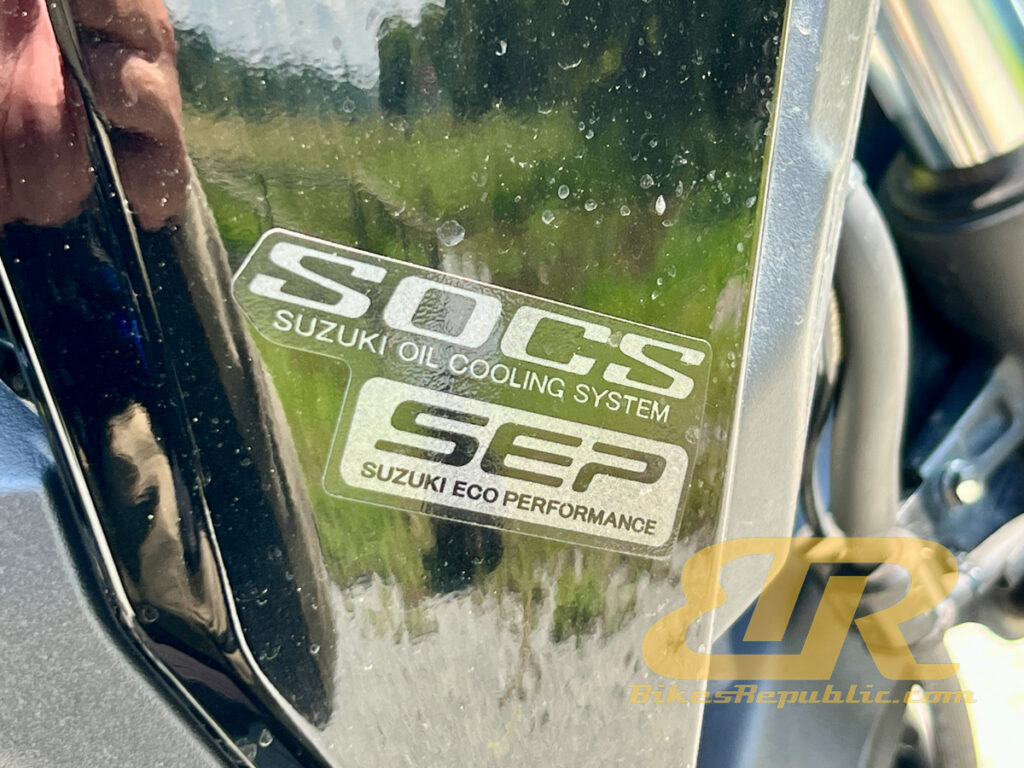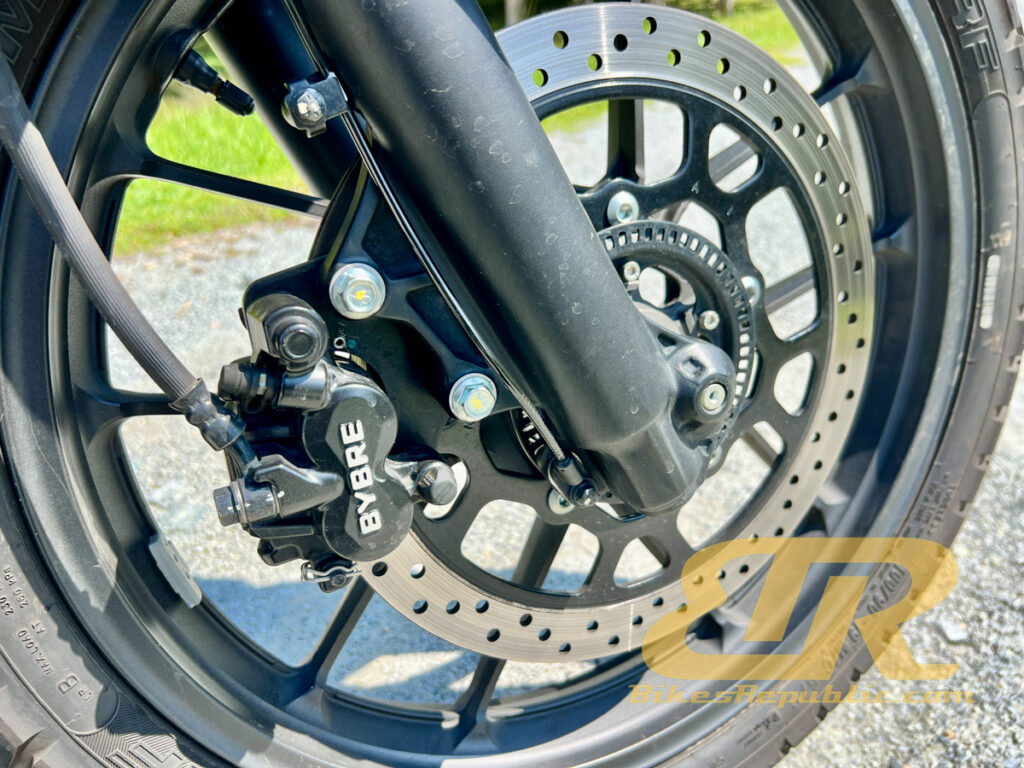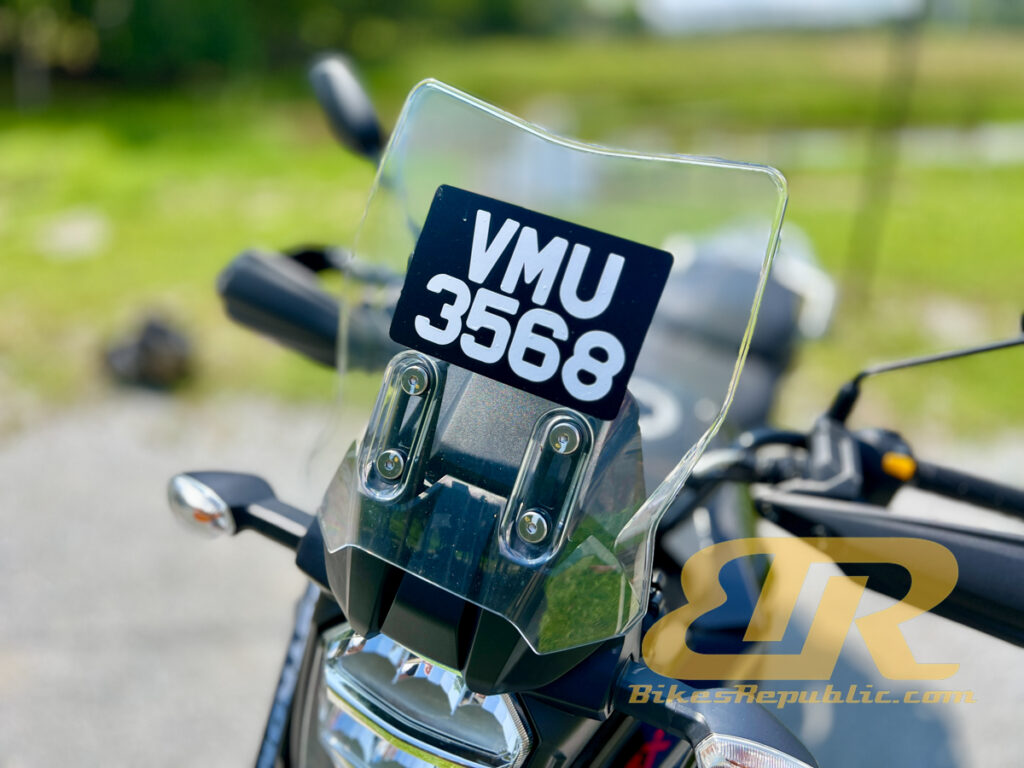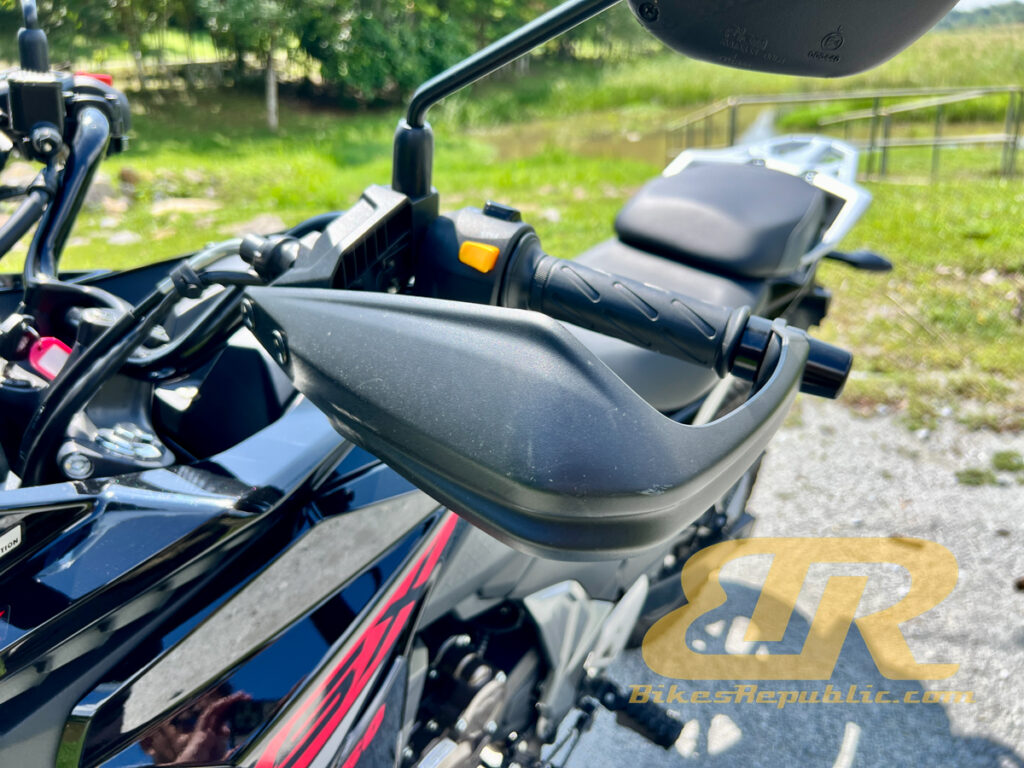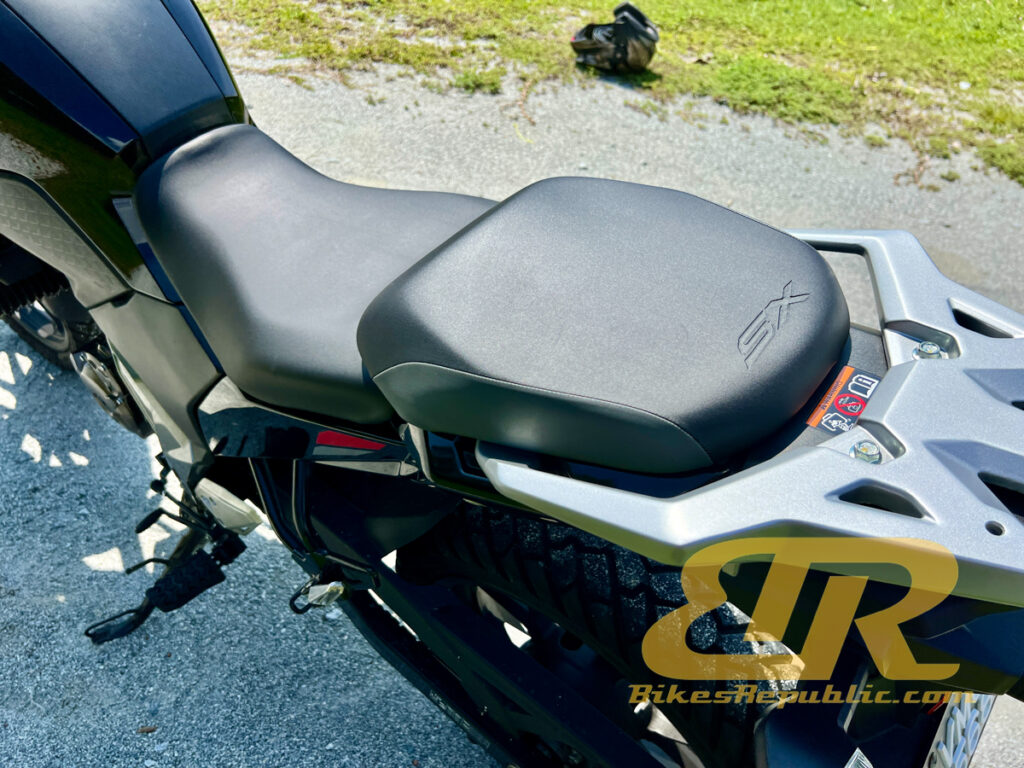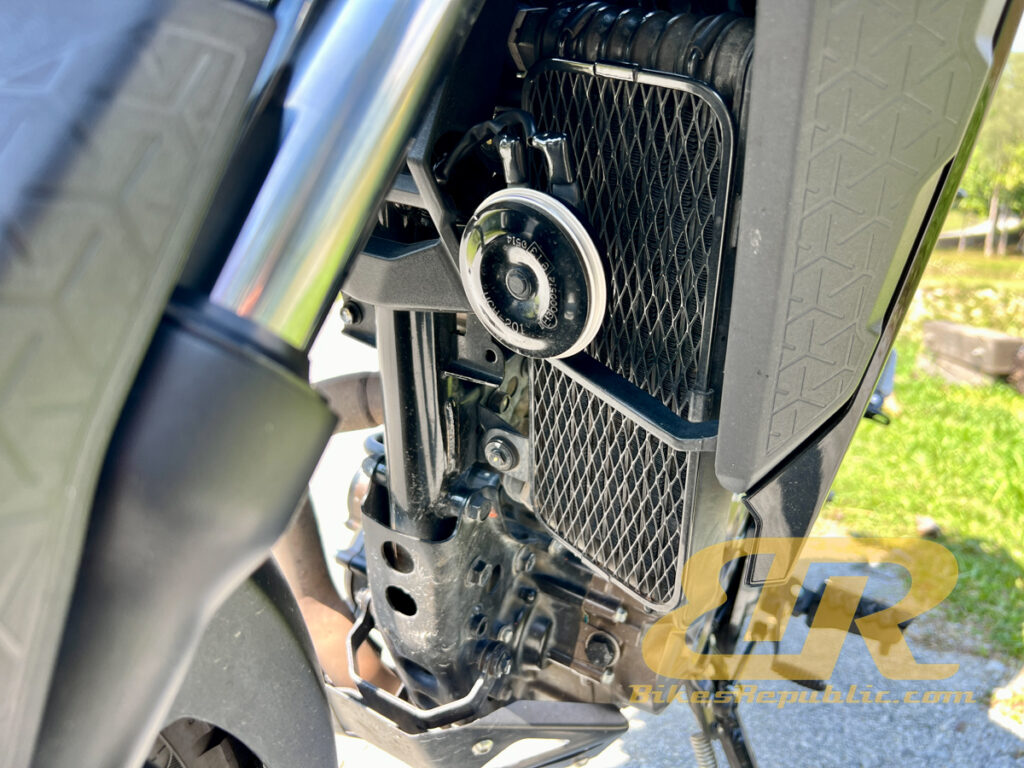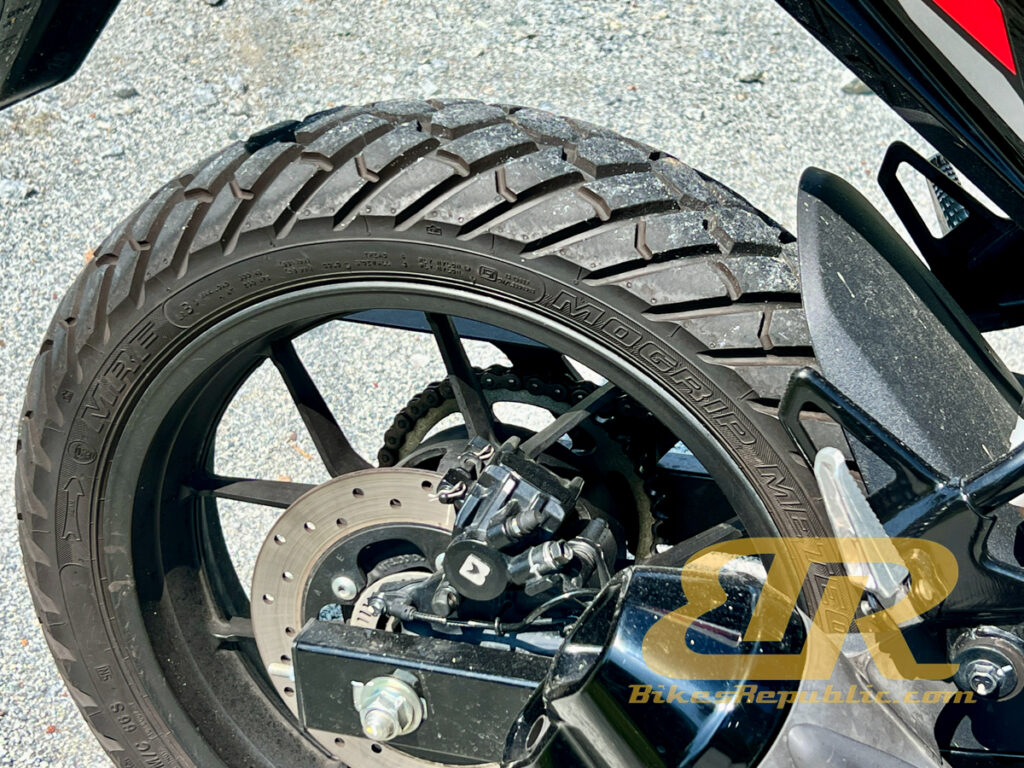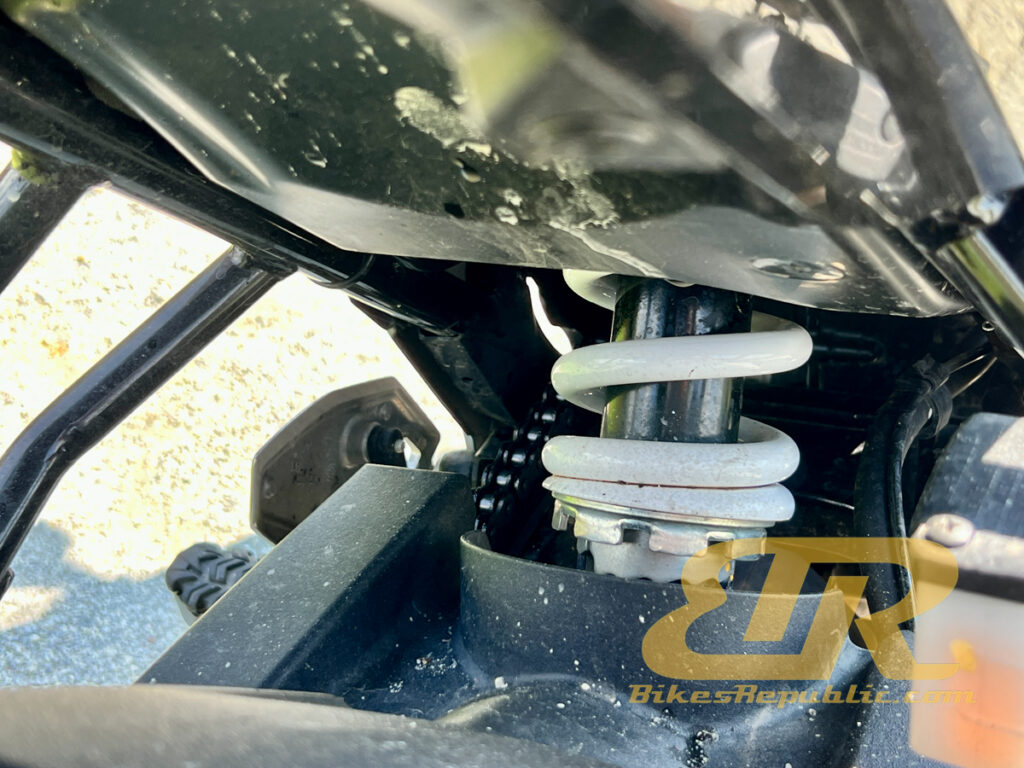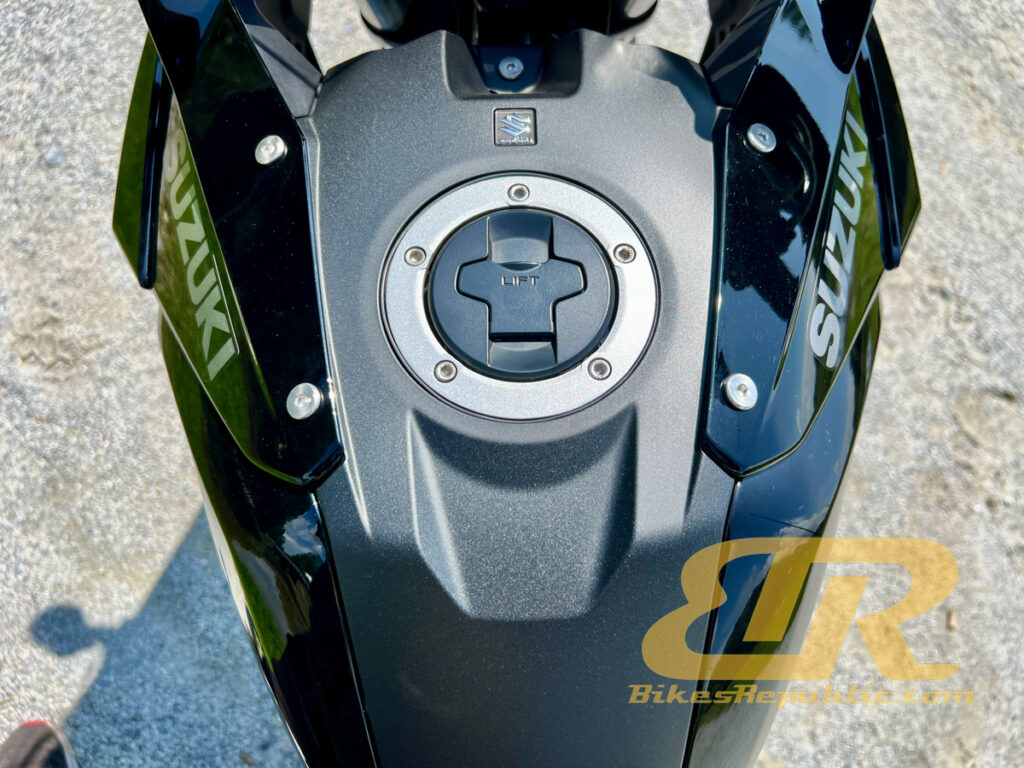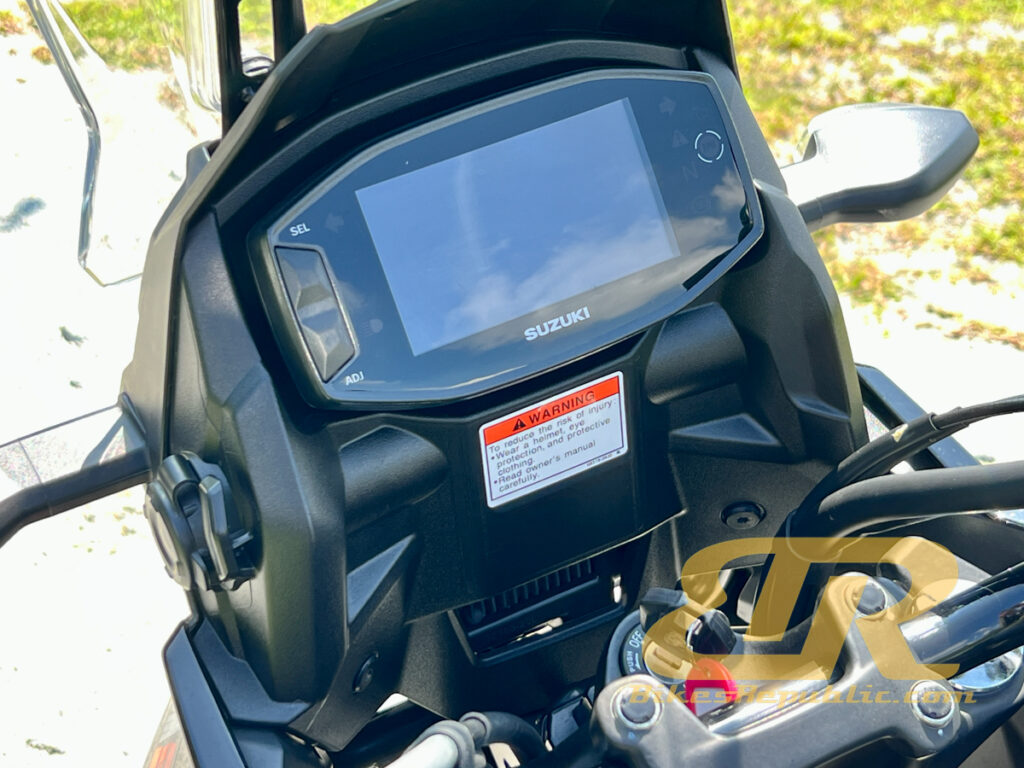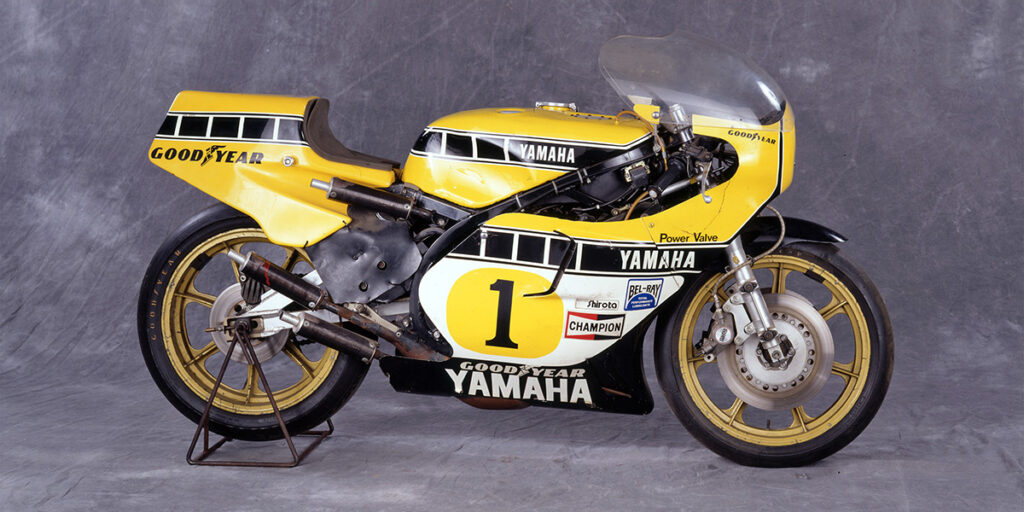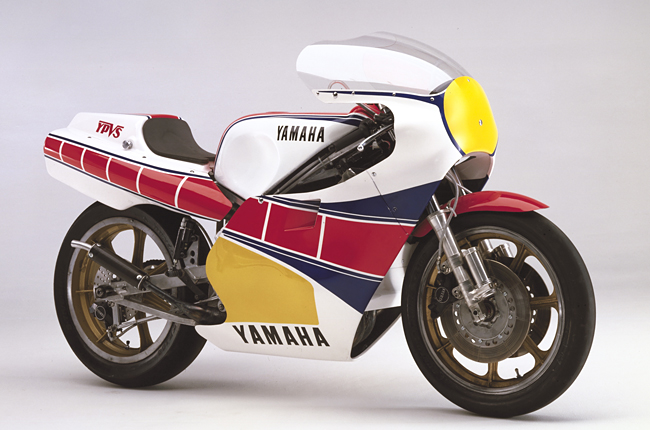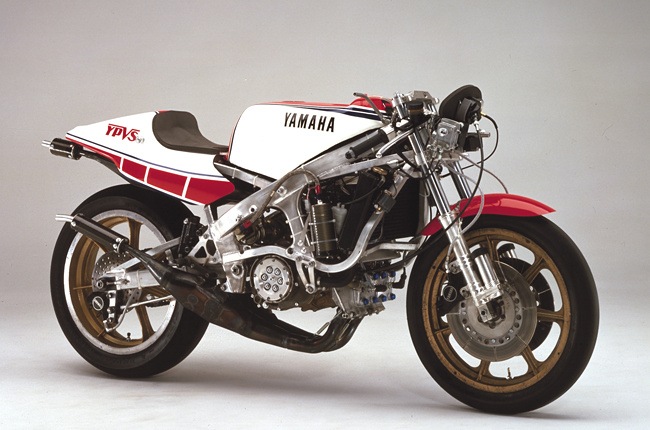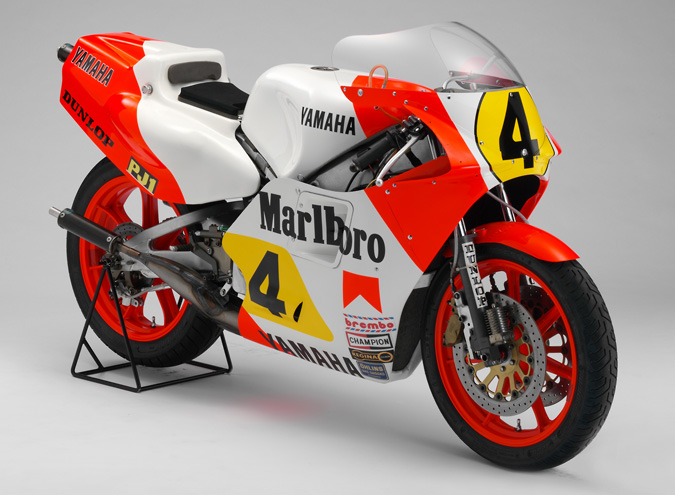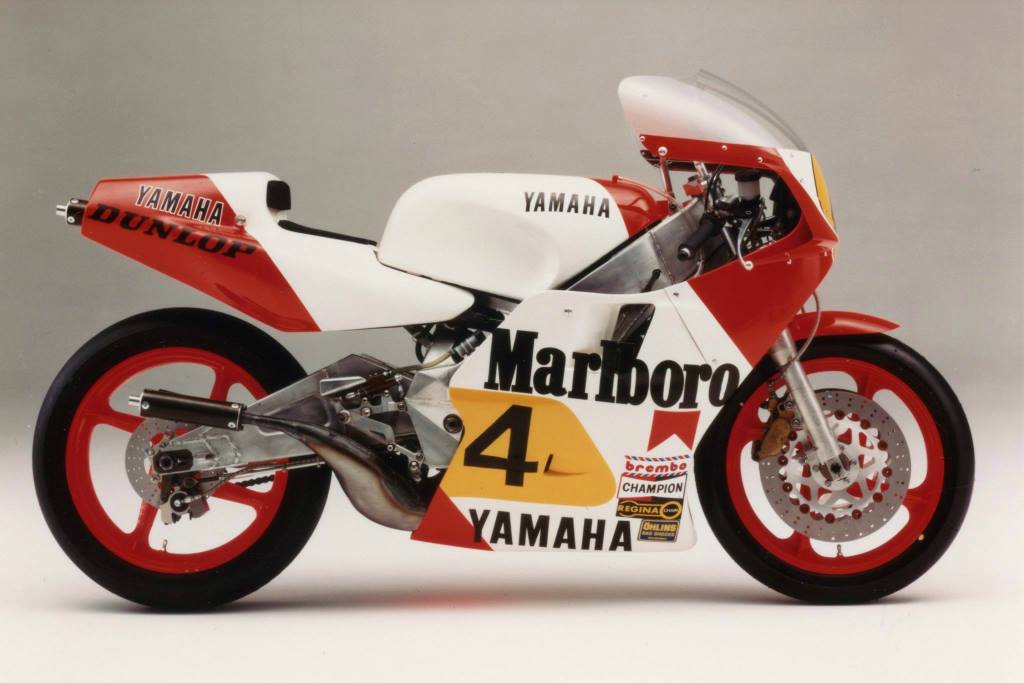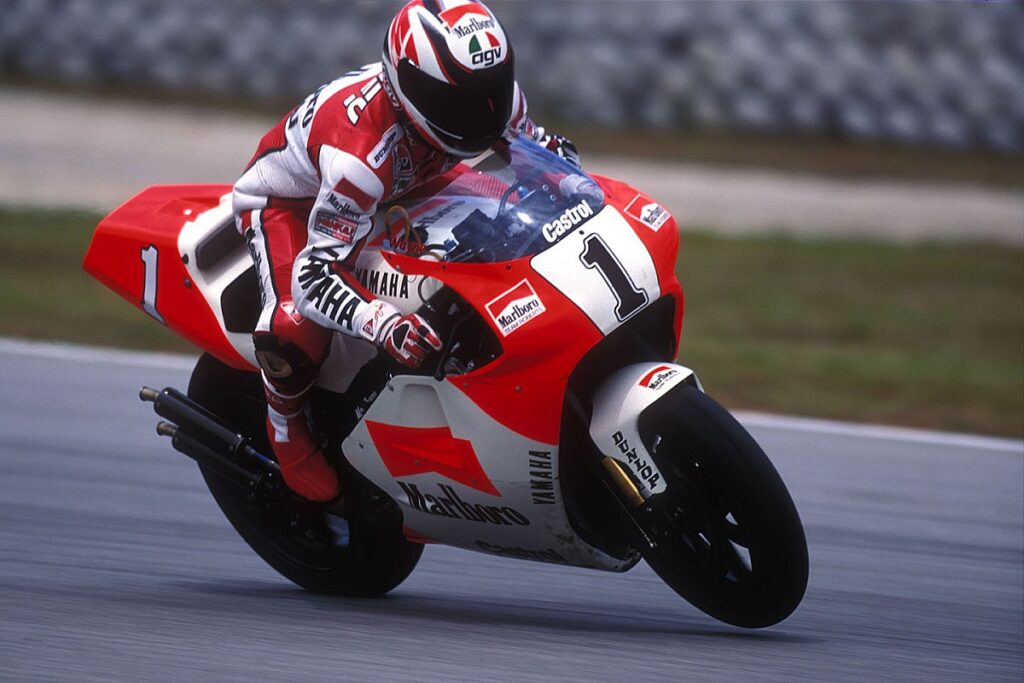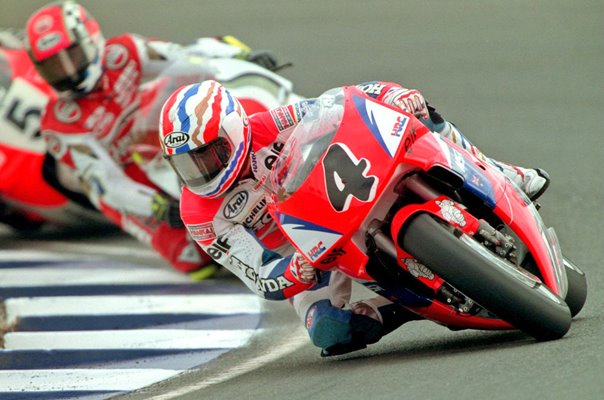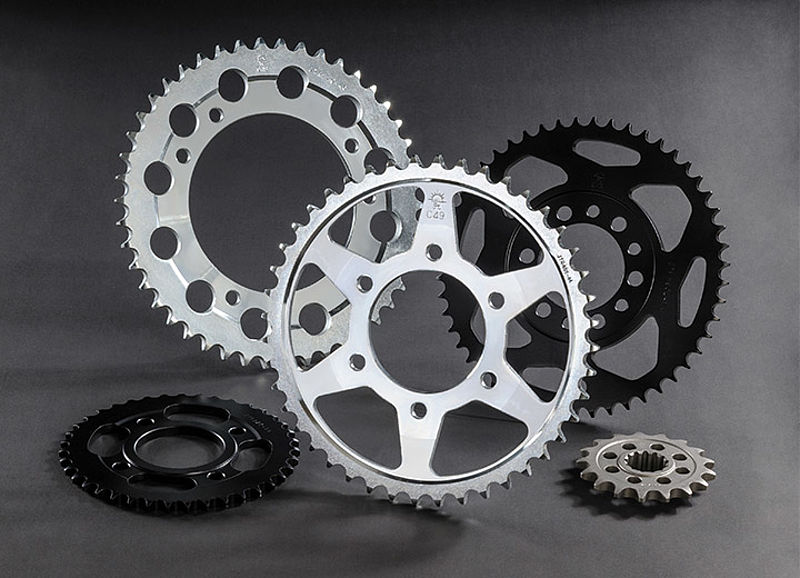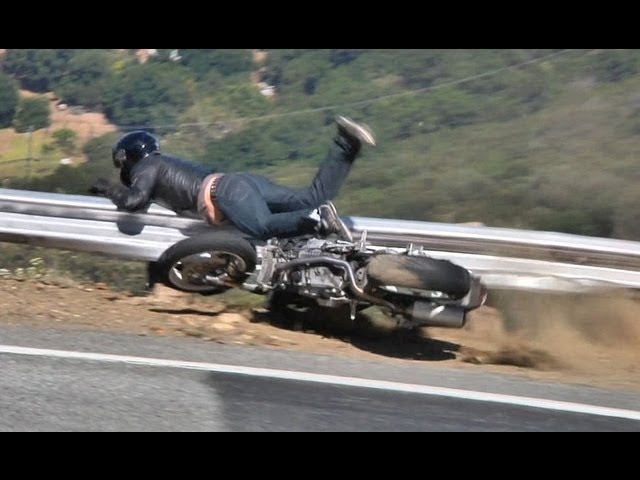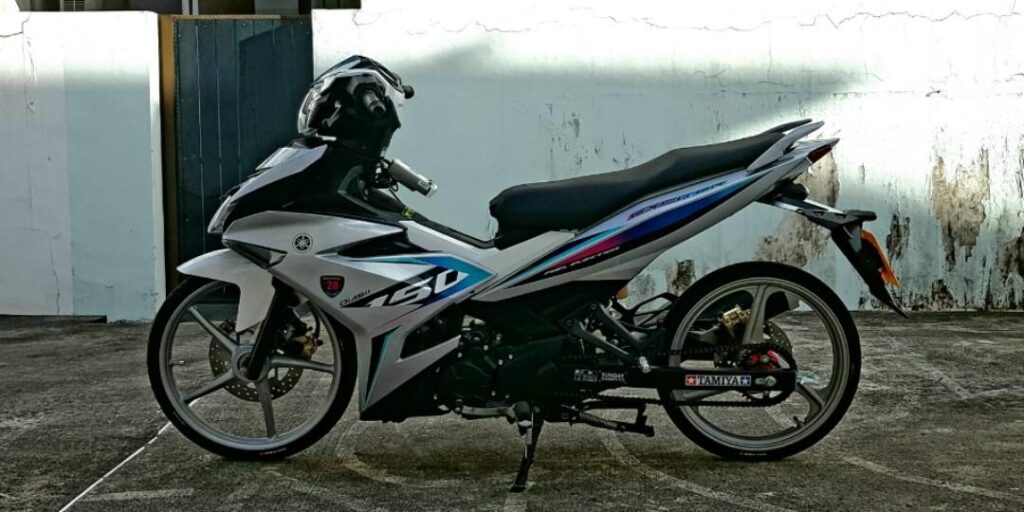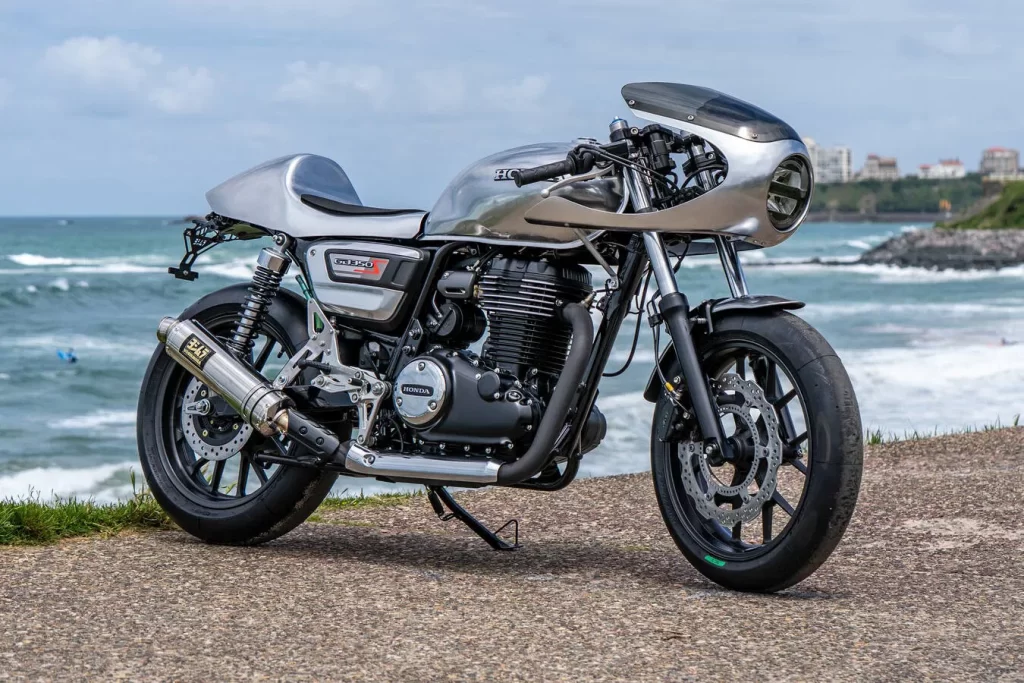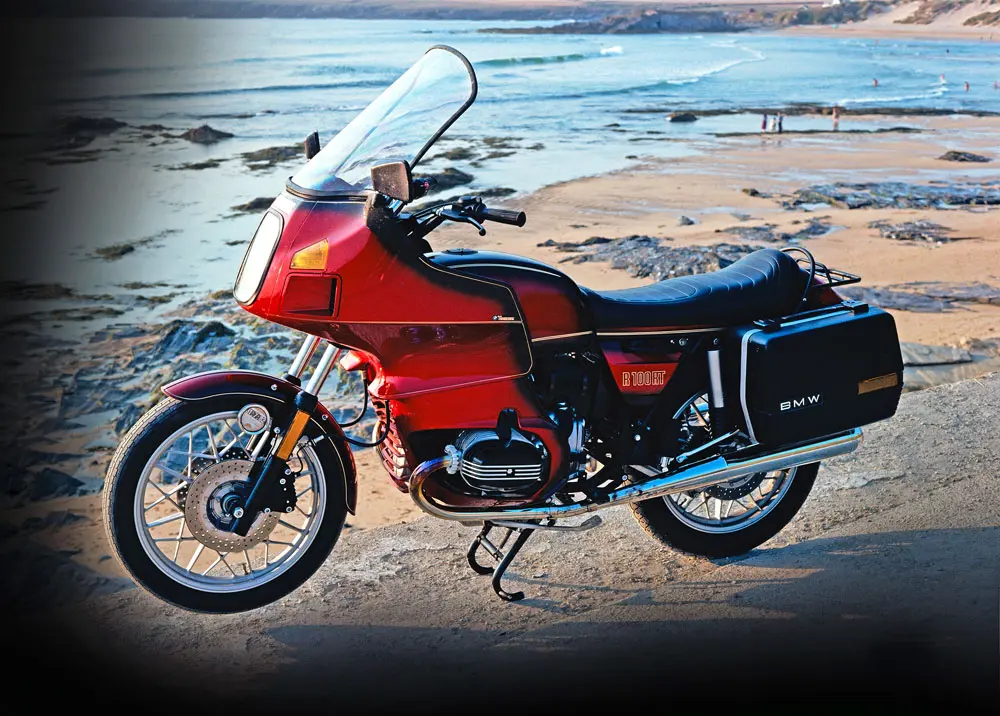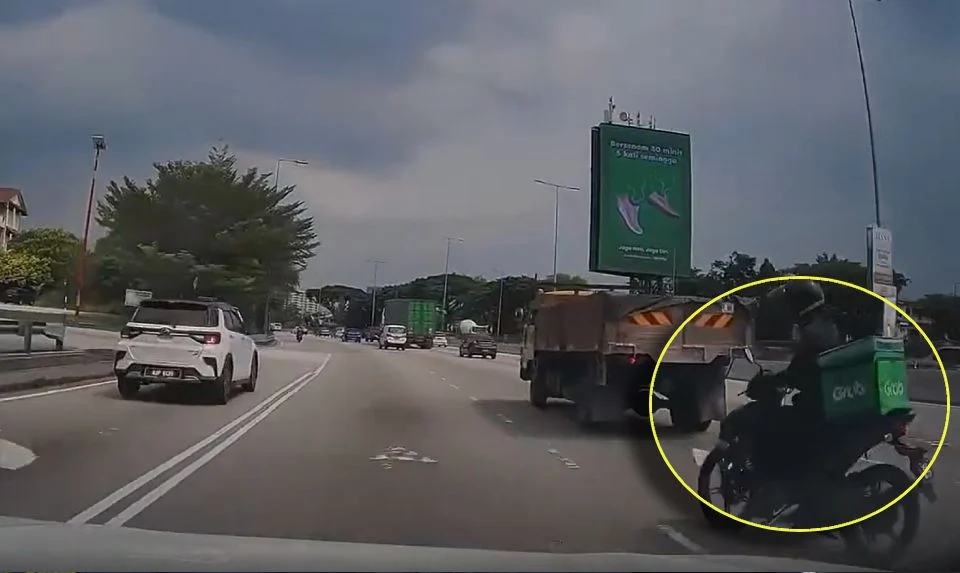Alright, let us continue with part 2 of this Adventure Motorcycles for New Riders (2025). But before we proceed further, let us clarify that “adventure motorcycles” describe motorcycles that have more fuel capacity and long-range comfort, compared to enduro motorcycles. In other words, these motorcycles retain some off-road capabilities and can be used for touring. Hence they are also known as dual-sport motorcycles.
Let us also move up the scale a bit and into the sub-500cc range.
6. KTM 390 Adventure
There are actually two versions of this bike i.e the standard 390 Adventure and the (much) more off-road oriented 390 Adventure R.
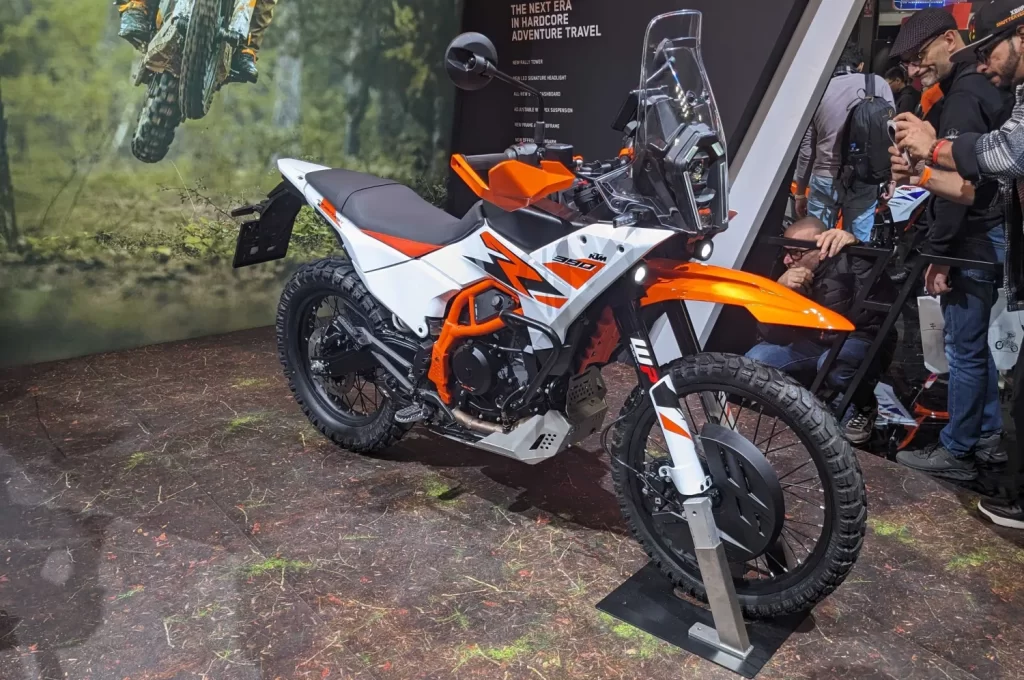
Launched in 2021 with cast alloy wheels, it underwent a revision for 2023, featuring wire spoked wheels.
Then, at EICMA last year, KTM revealed the long-awaited “R” version which was pretty much a totally new motorcycle including a new engine, suspension, bodywork, frame, swingarm, 27-inch front wheel, electronics. Come to think of it, it is much more like the smaller version of the 790/890 Adventure R.
In any case, the 390 Adventure was a hoot to ride both on the road and off-road, thrilling both new and veteran riders. However, wait for the “R” version if you plan on more exploring and off-roading.
(Specifications for the KTM 390 Adventure)
- 373cc, single-cylinder, DOHC, four-valve, liquid-cooled engine, producing 44hp, 37Nm.
- 14.5-litre fuel tank, 159kg (dry).
- 855mm seat height.
- Pros: Torquey engine, superb suspension, hard-edged.
- Cons: Standard suspension tuning is a bit hard.
- Selling price: RM33,800.
7. Royal Enfield Himalayan 450
The Royal Enfield Himalayan offers reliability, toughness, simplicity, versatility, and affordability all at one go. However, that toughness has a price in terms of weight. The 450 is the new model and features a bigger engine and TFT screen with smartphone connectivity, and there are 4 trims.
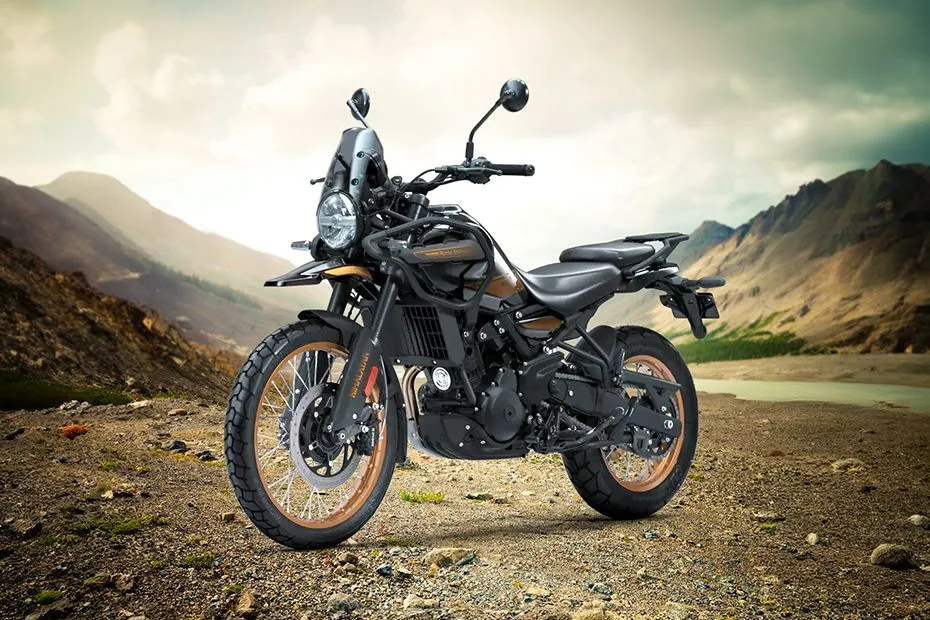
- 452cc, single-cylinder, DOHC, four-valve, liquid-cooled engine, producing 40hp at 8,000, 40Nm at 5,500 RPM.
- 17-litre fuel tank, 191kg (dry).
- 825mm seat height.
- Pros: Simple, reliable, versatile.
- Cons: Rather heavy.
- Selling price: From RM30,600.
8. CFMoto 450MT/450MT-X
A high-spec’ed motorcycle at a competitive price: Adjustable KYB suspension, TFT screen, J.Juan brakes, adjustable windscreen (although manual), switchable rear wheel ABS via a dedicated button, etc. This bike is gear more towards off-road riding with 21-inch front and 18-inch rear wheels, but has a low seat height. Go for the MT-X version for just RM2,000 more and you will get three aluminium cases.
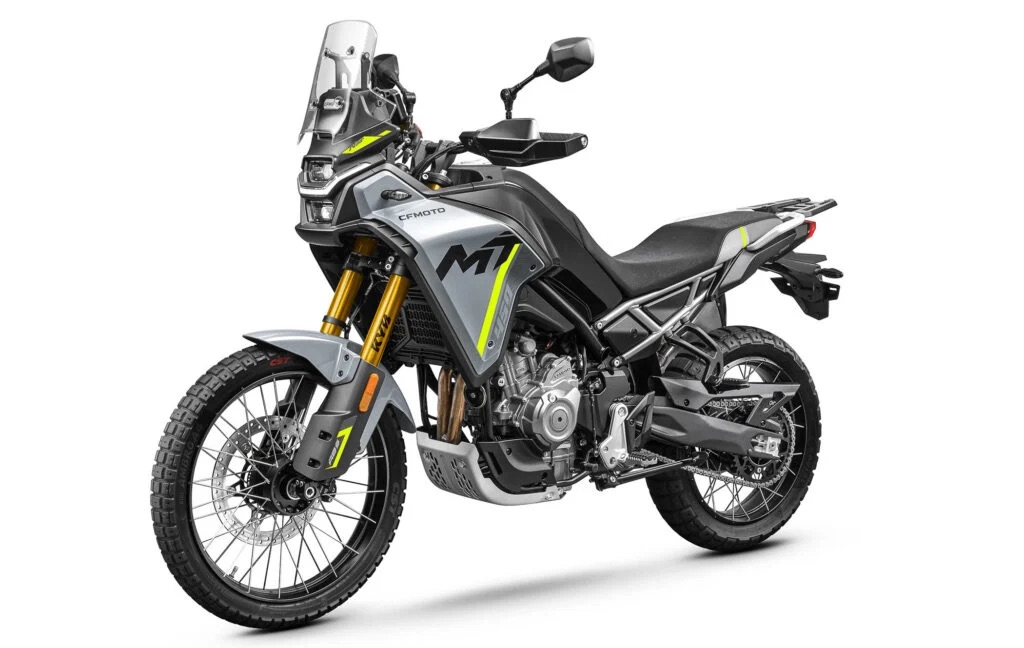
- 449cc, parallel-twin, 270º DOHC, four-valve, liquid-cooled engine, producing 44hp at 8,500, 44Nm at 6,250 RPM.
- 17.5-litre fuel tank, 175kg (dry).
- 820mm seat height.
- Pros: Good features, light, low seat height.
- Cons: Abrupt throttle action.
- Selling price: RM28,800 (450MT), RM30,888 (450MT-X).
9. Triumph Scrambler 400X
Not as off-road oriented as the Scrambler 1200 but does a decent job with its longer travel suspension. But as with other Triumphs, the 400 platform is nimble, has a torque and entertaining engine, and superb suspension. And, the Scrambler 400 X comes equipped with a whole range of accessories, making it look really butch at a great price.
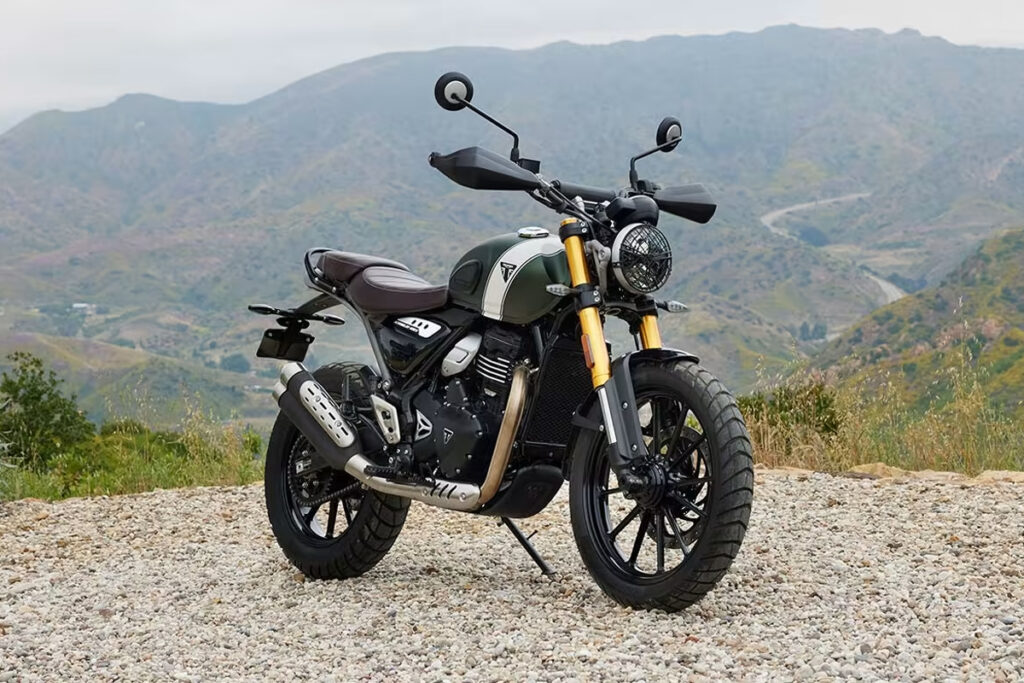
- 398cc, parallel-twin, 270º DOHC, four-valve, liquid-cooled engine, producing 39.5hp at 8,500, 37.5Nm at 6,500 RPM.
- 13-litre fuel tank, 179kg (wet).
- 835mm seat height.
- Pros: Easy to ride, stylish, entertaining.
- Cons: Very short 1st and 2nd gears.
- Selling price: RM29,900.
10. Benelli TRK 502X
The TRK 502X is the adventure version with 19-inch front and 17-inch rear wheels, while the TRK 502 is the sport-touring version with 17-inch wheels on both ends. Truth be told, this product lineup is kind of long in the tooth, although it was updated recently. But, you do get dual front brakes, and it is probably the best for long-distance touring among the group here.
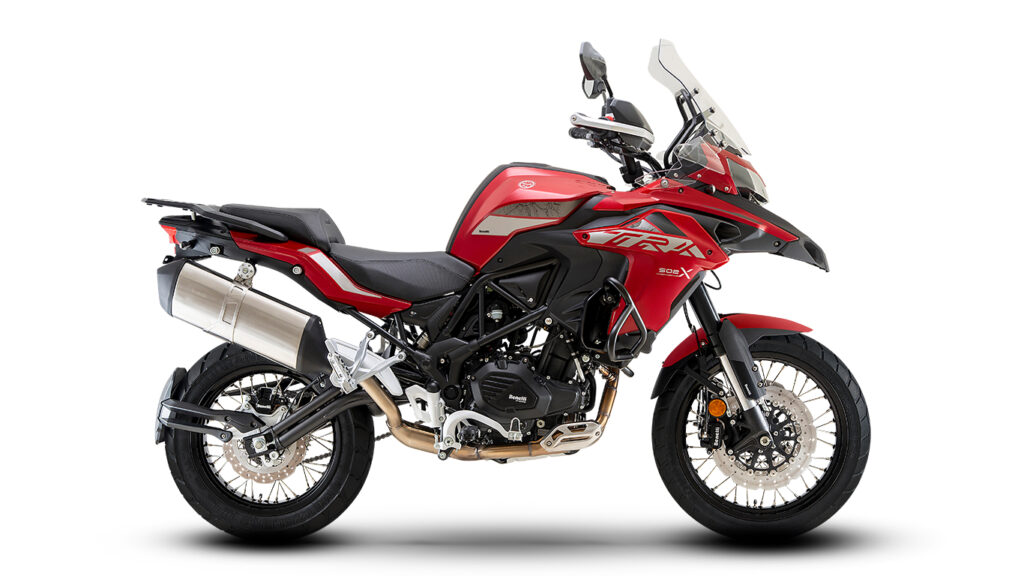
- 500cc, parallel-twin, four-valve, liquid-cooled engine, producing 48hp at 8,500, 45Nm at 6,000 RPM.
- 20-litre fuel tank, 213kg (dry).
- 840mm seat height.
- Pros: Well appointed for long-distance riding.
- Cons: It is heavy and feels heavy.
- Selling price: RM35,288.
Closing
So there you have it, 10 most appropriate adventure motorcycles for new riders. It has to be said that motorcycles have come a long way and even a 250cc adventure bike can do wonders plus saving you a few bucks to be spent on riding gear.
There are several models missing in our list, including the Honda CB500X and Fantic Caballero 500. These two are fantastic bikes, nonetheless so we will write further features about them in the near future.

